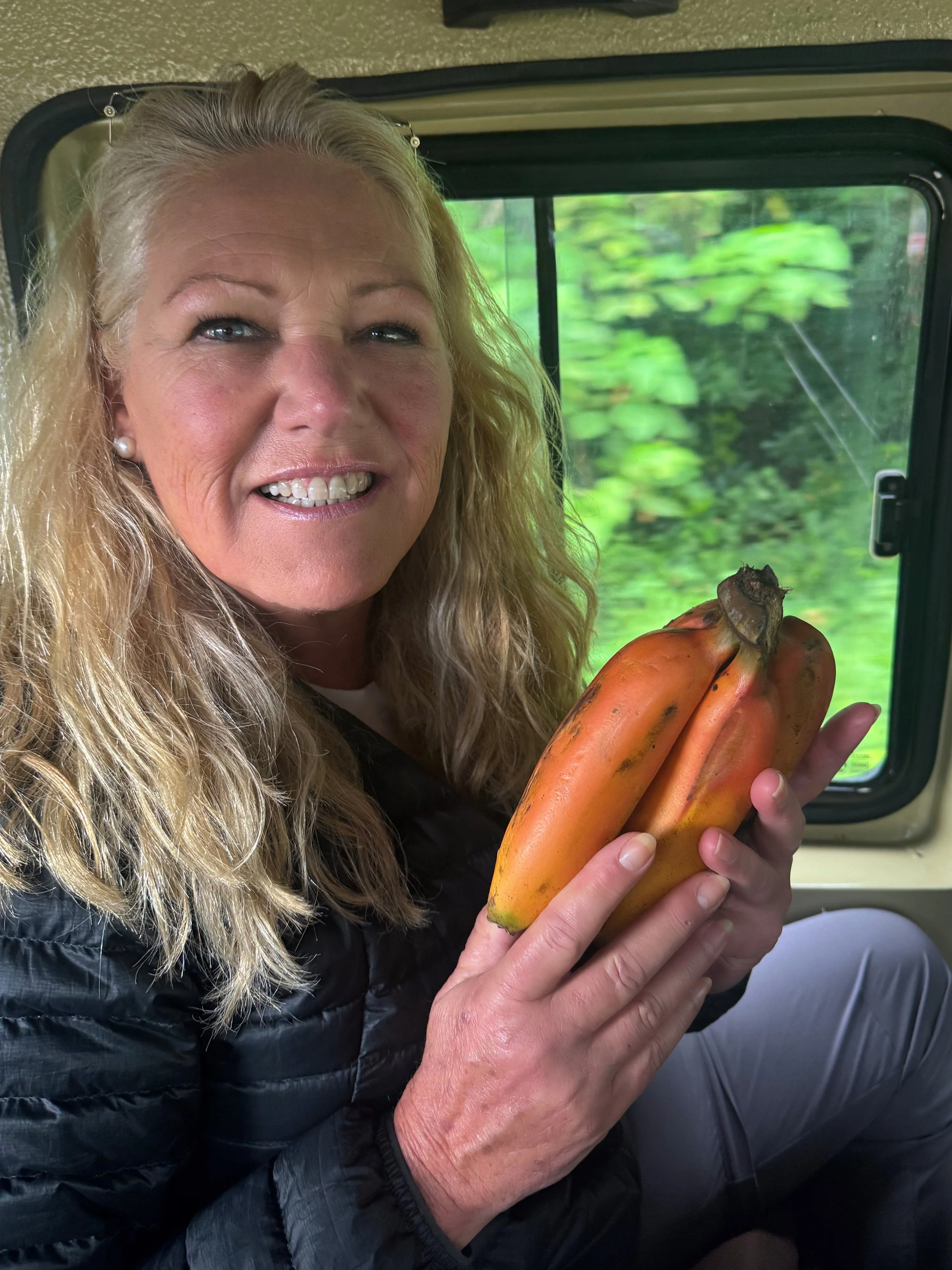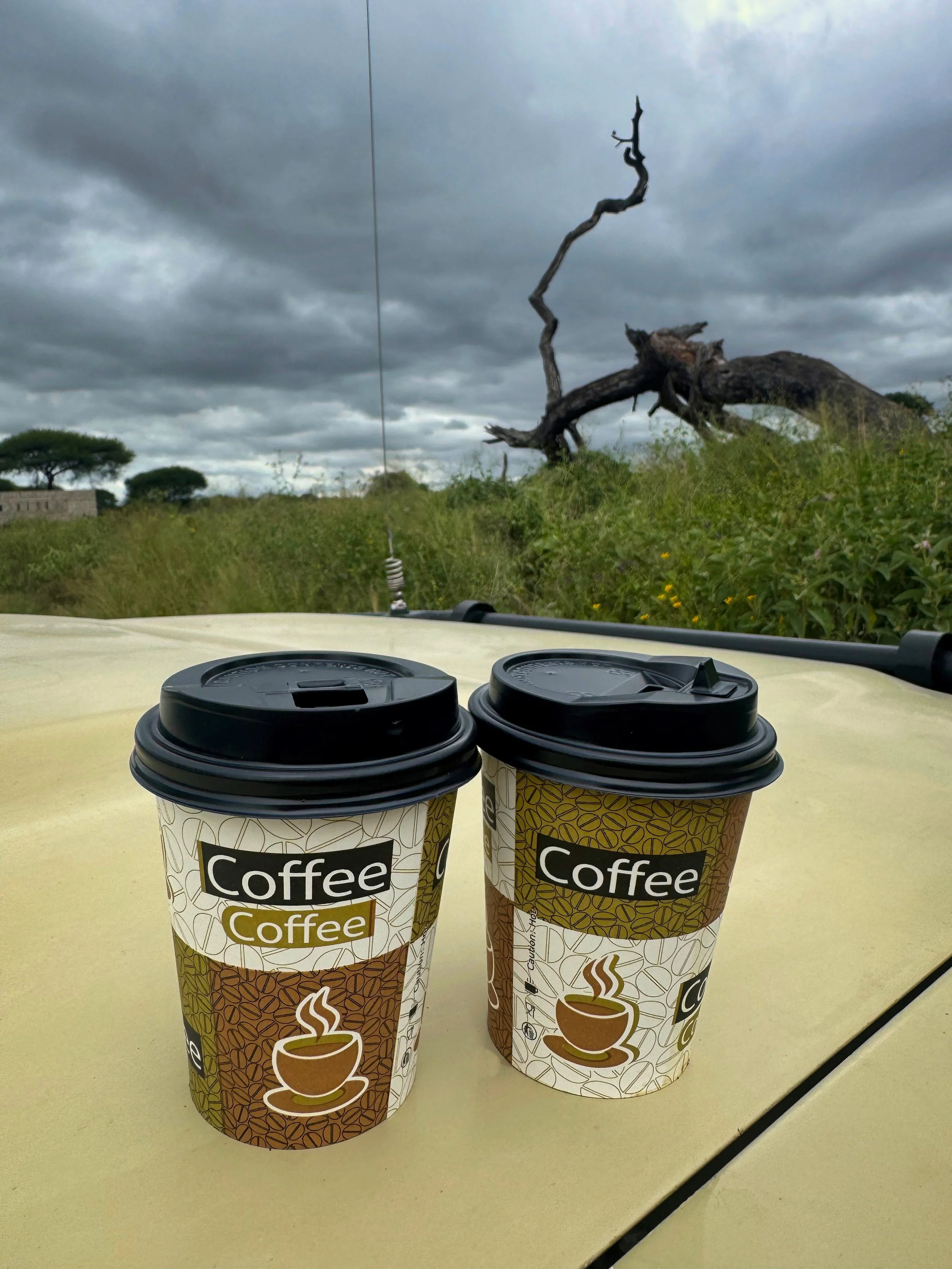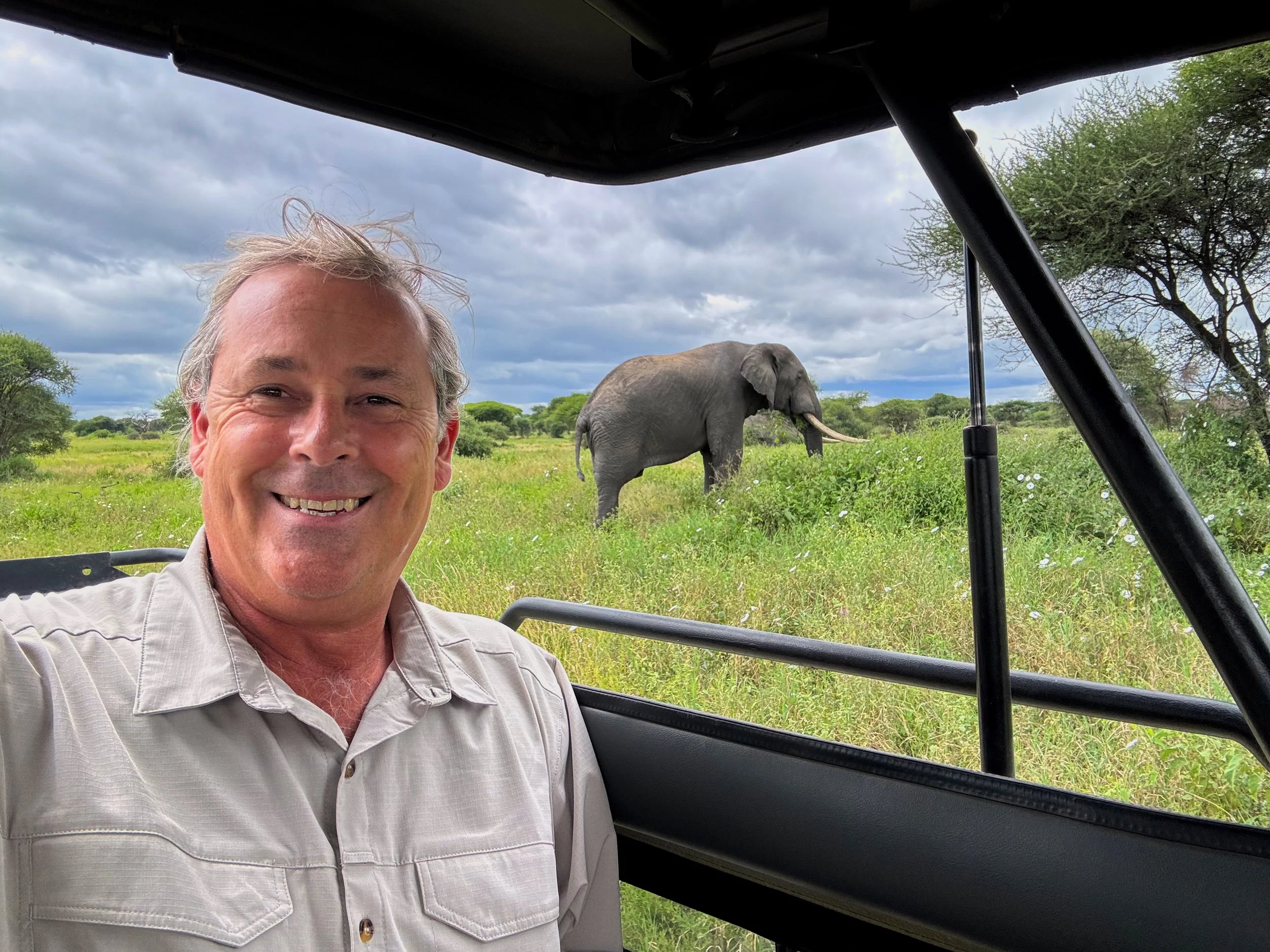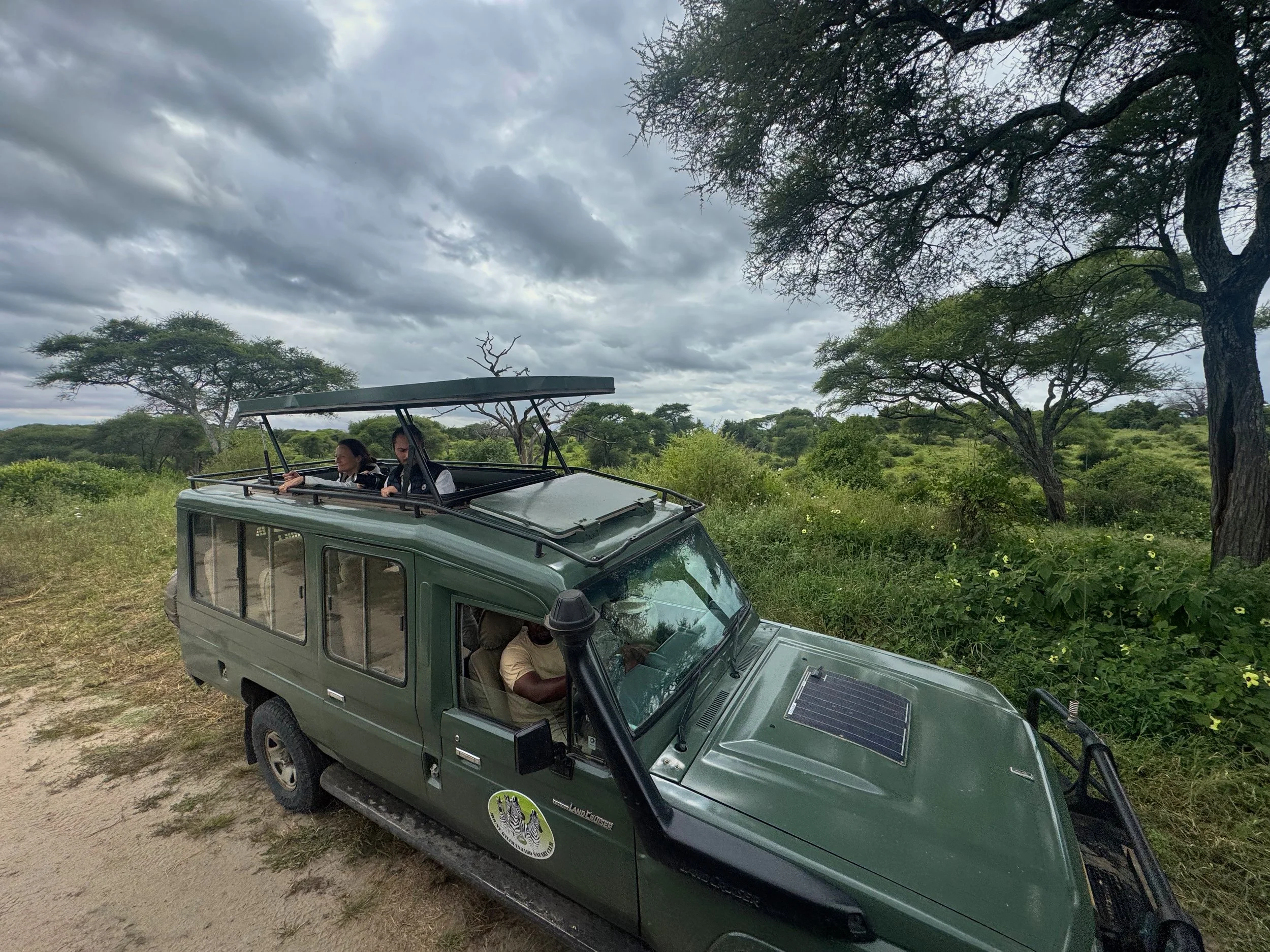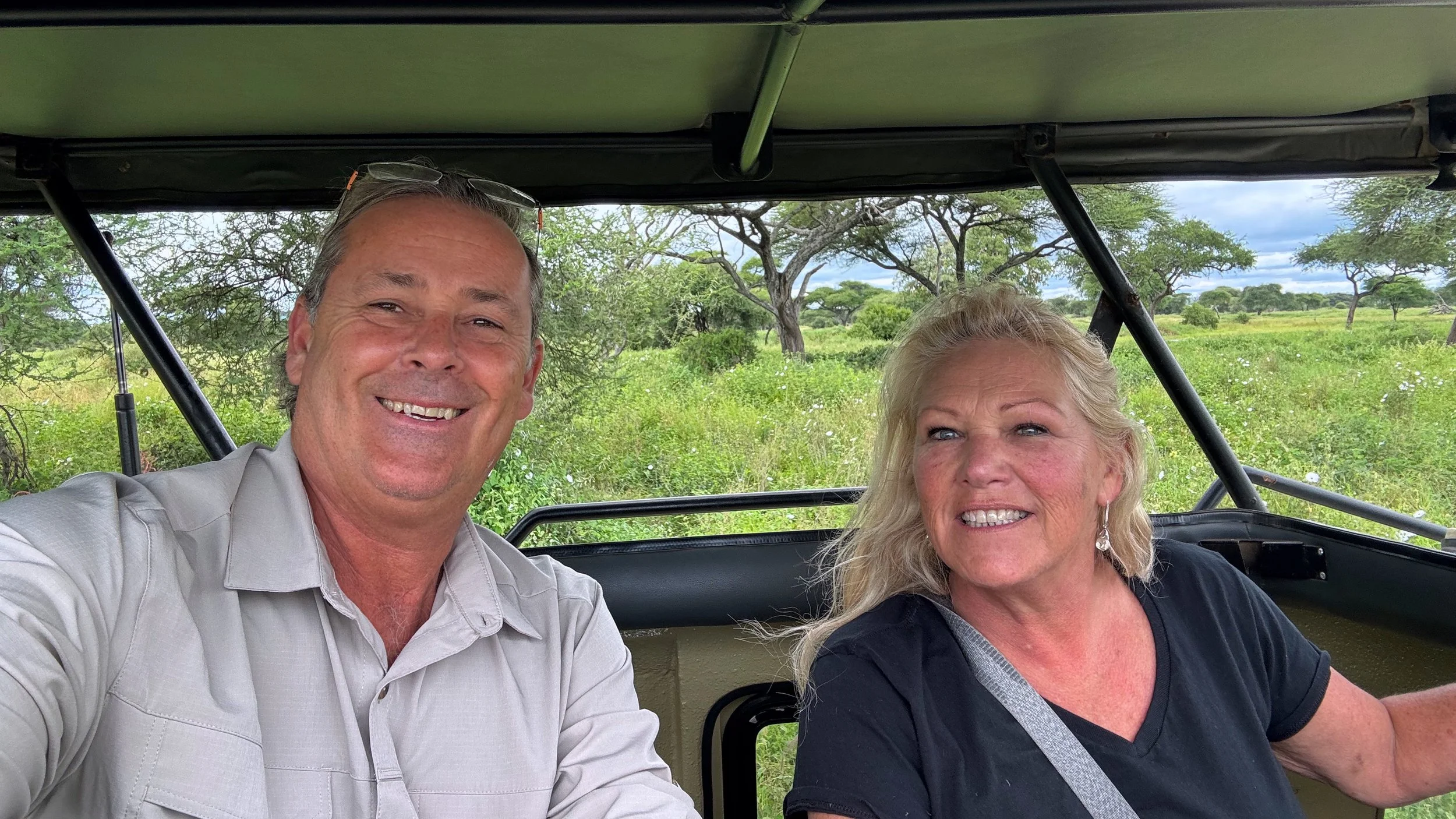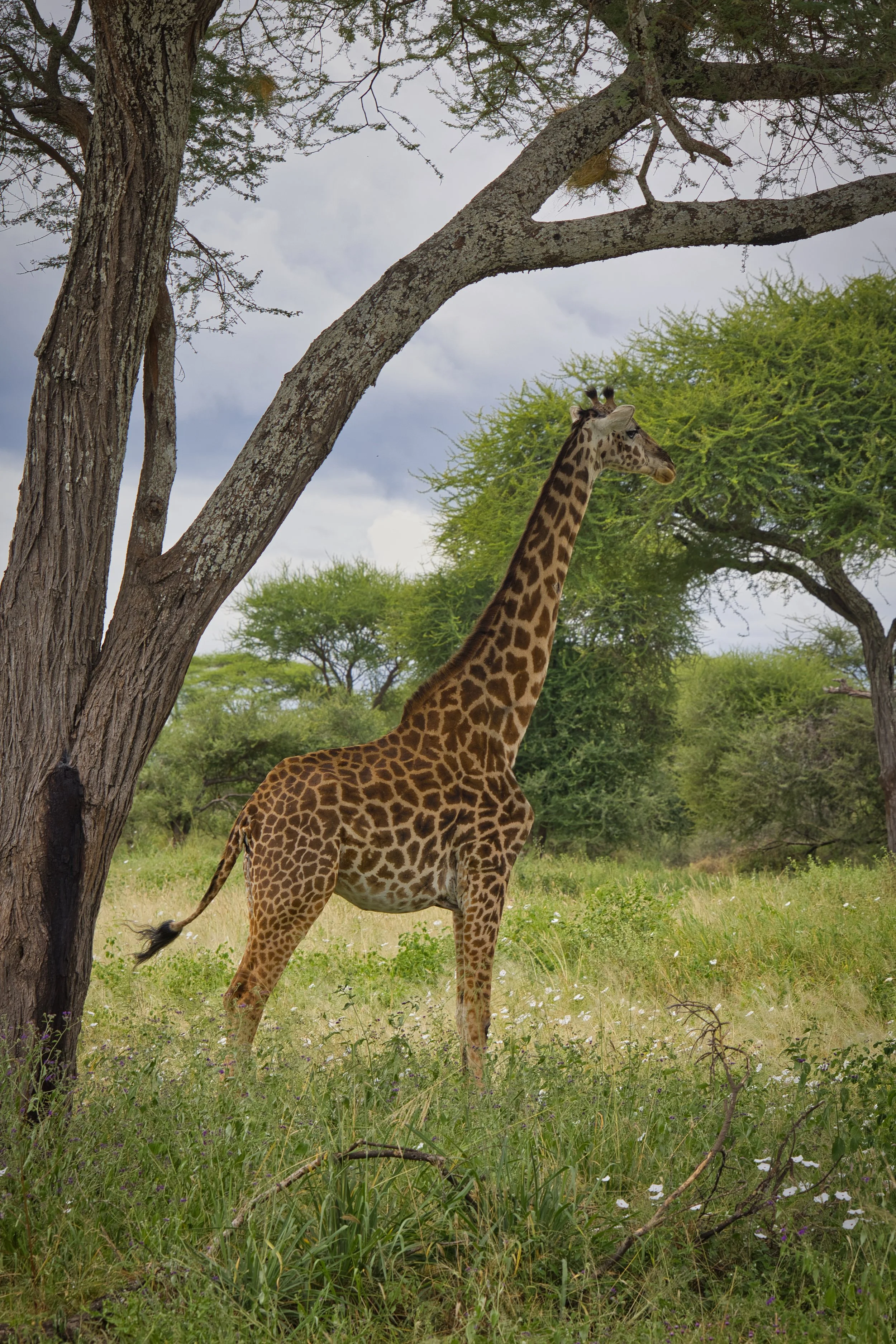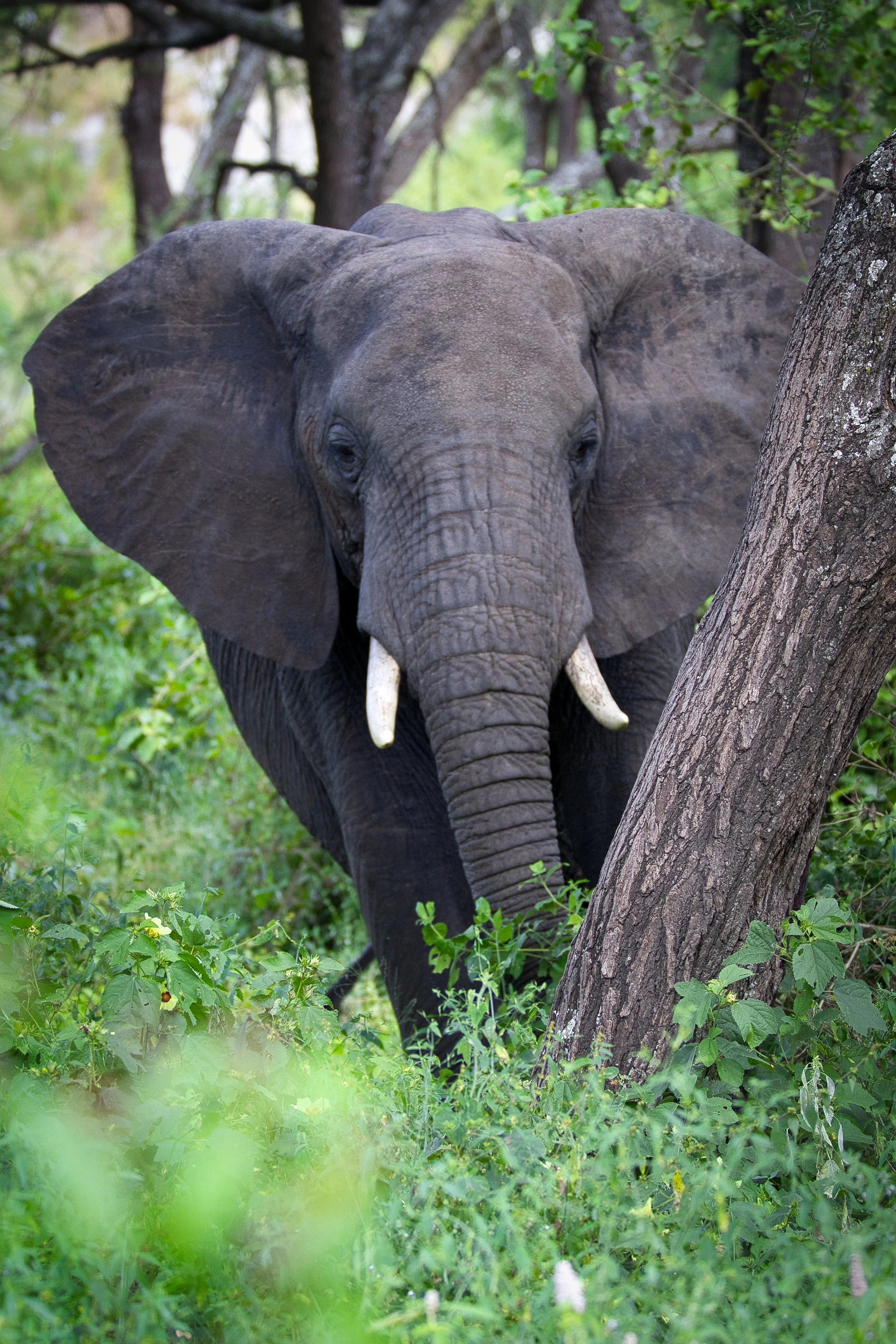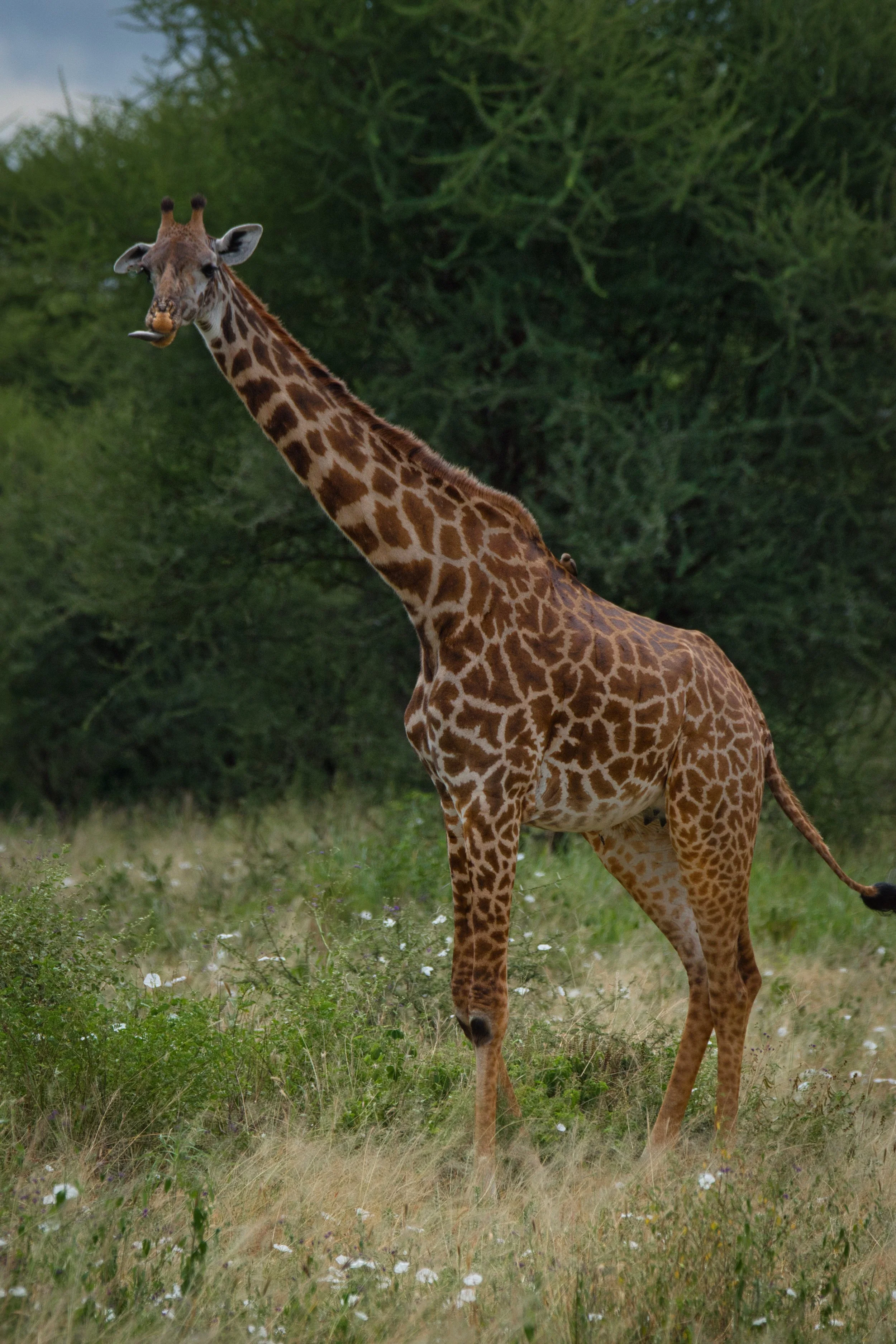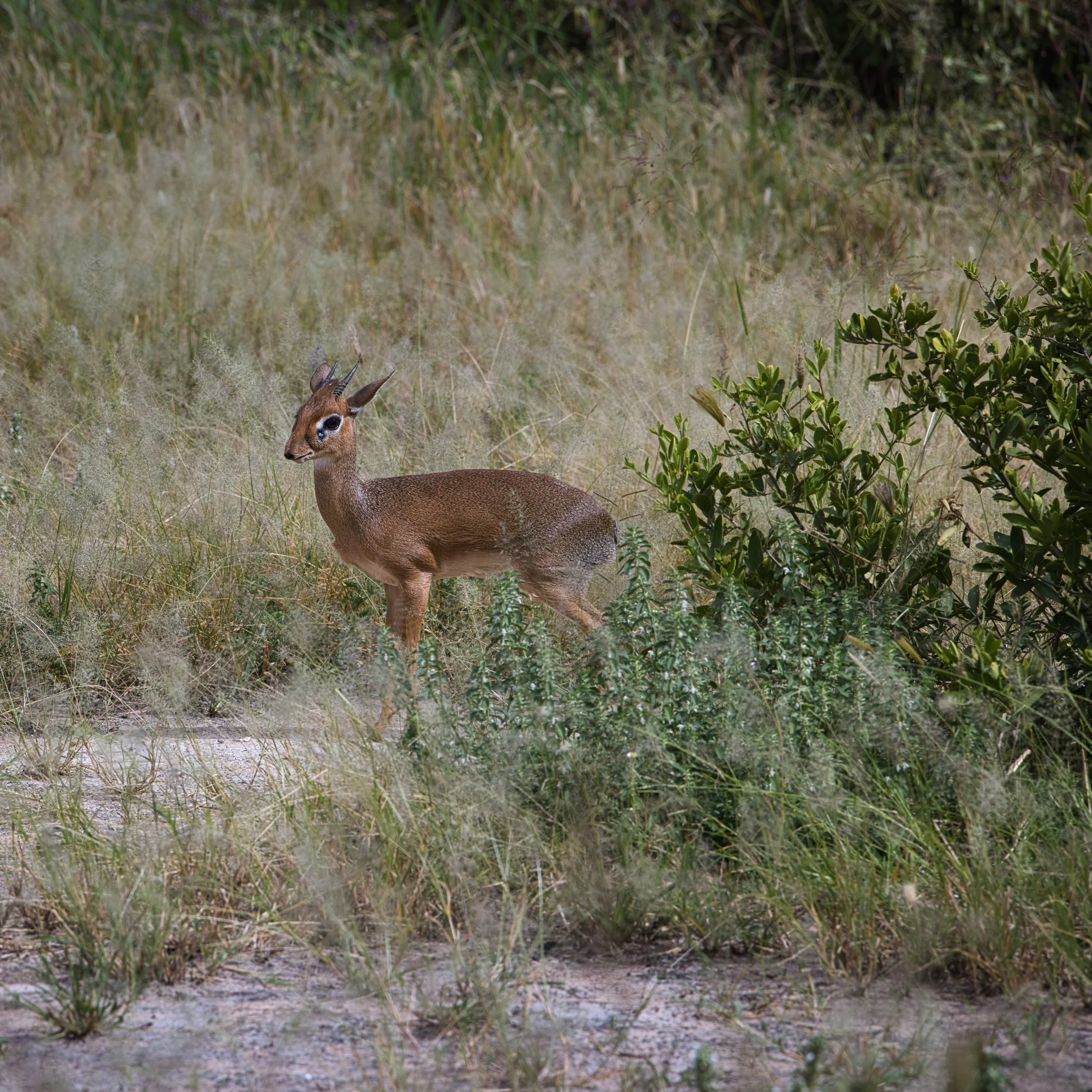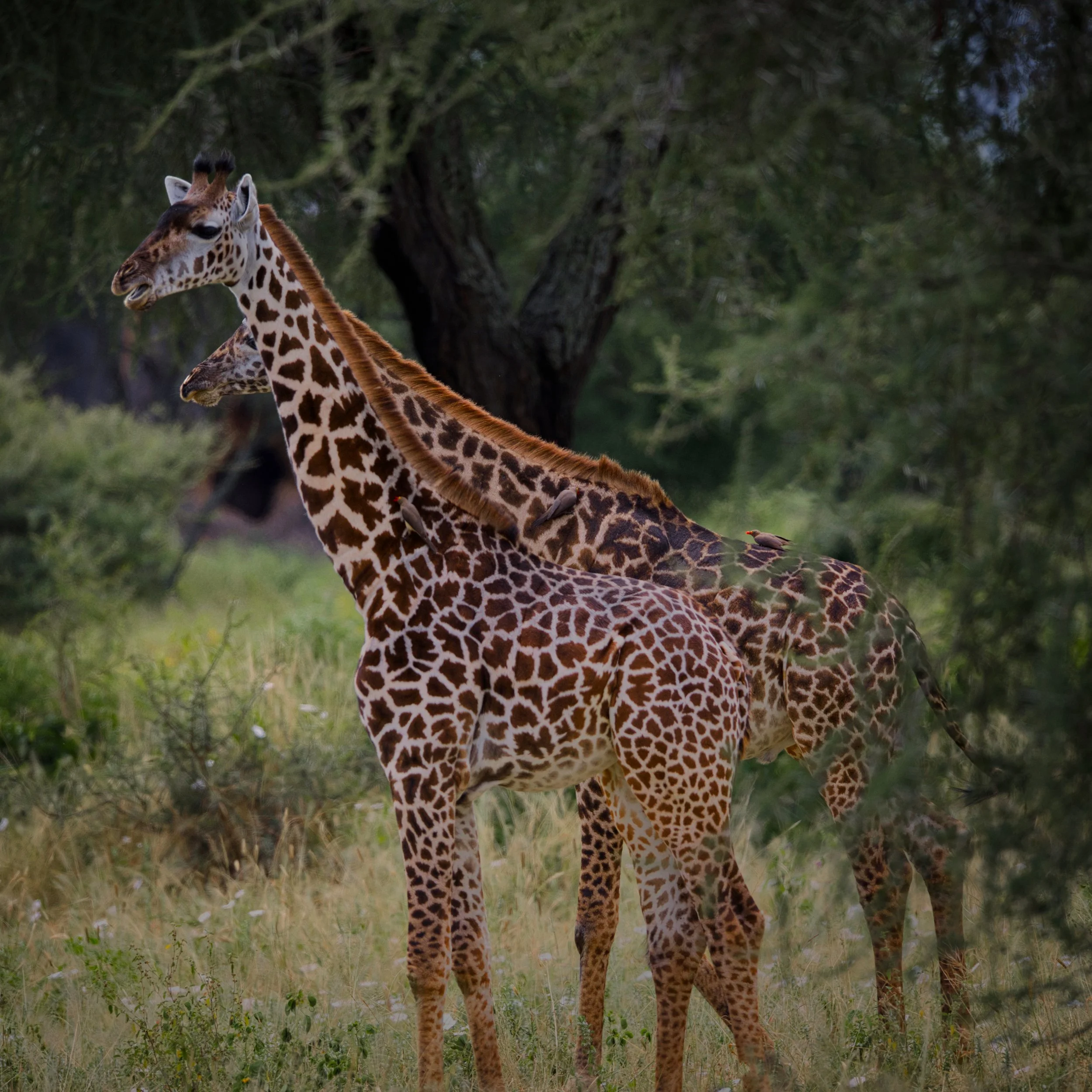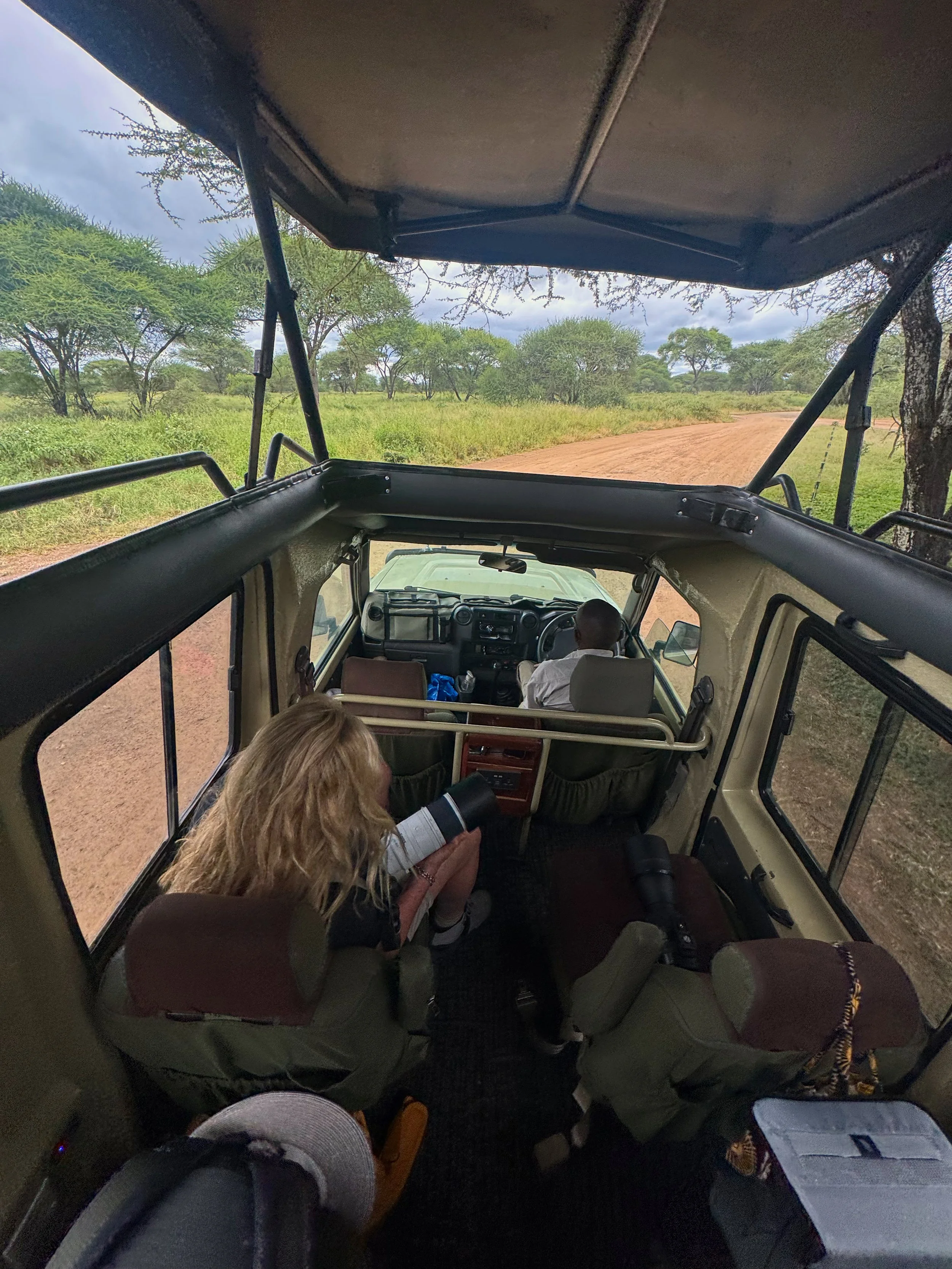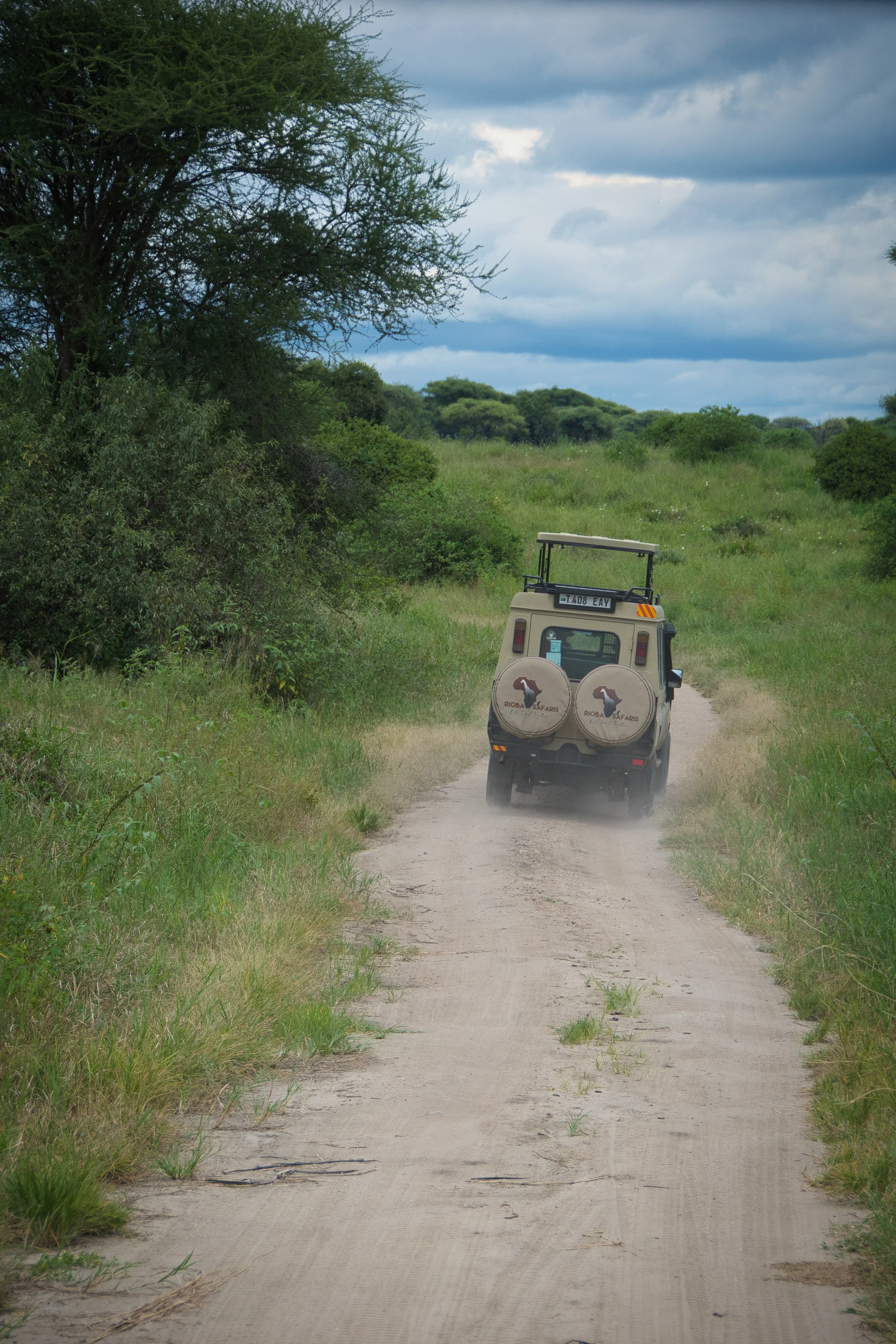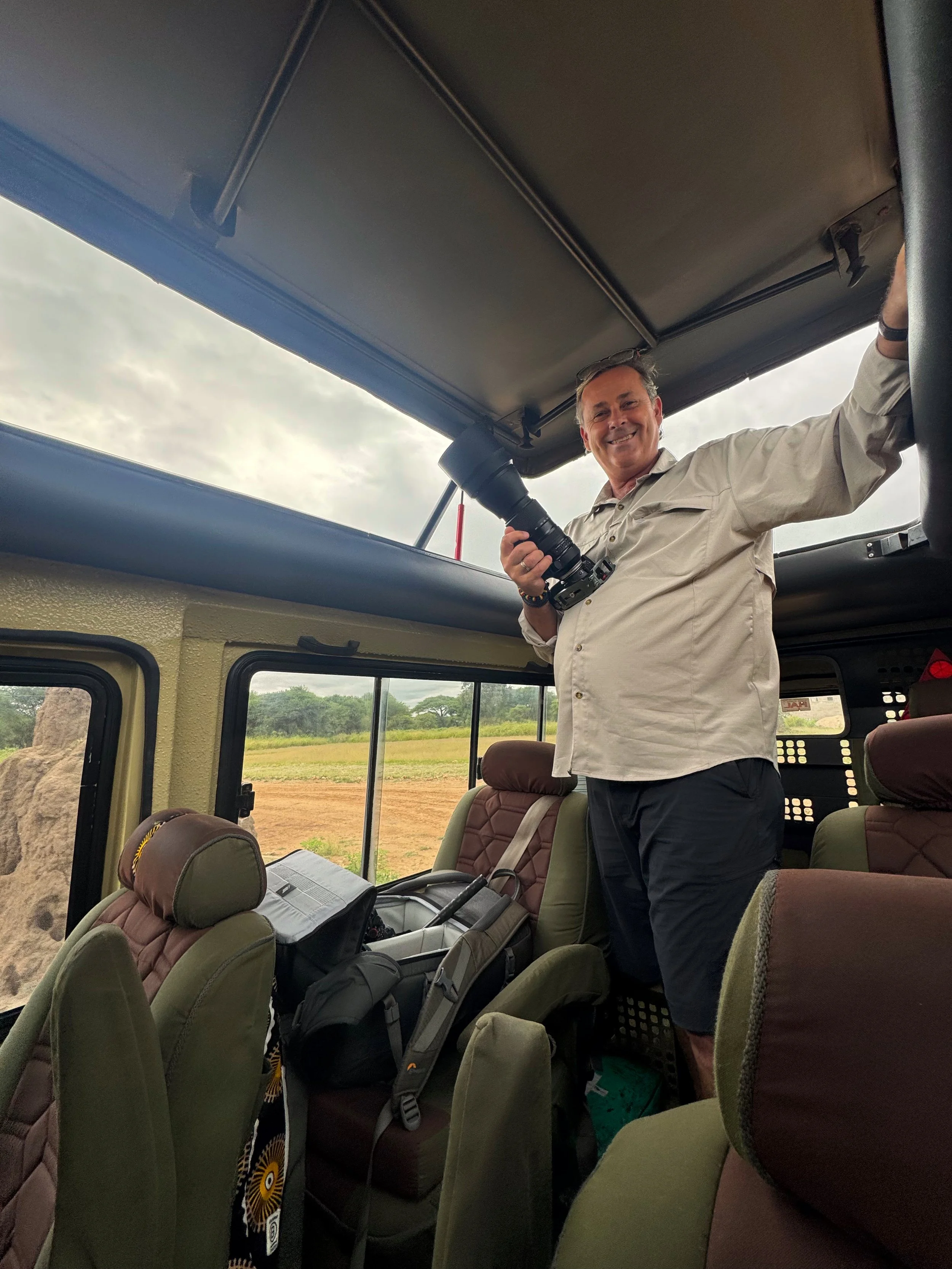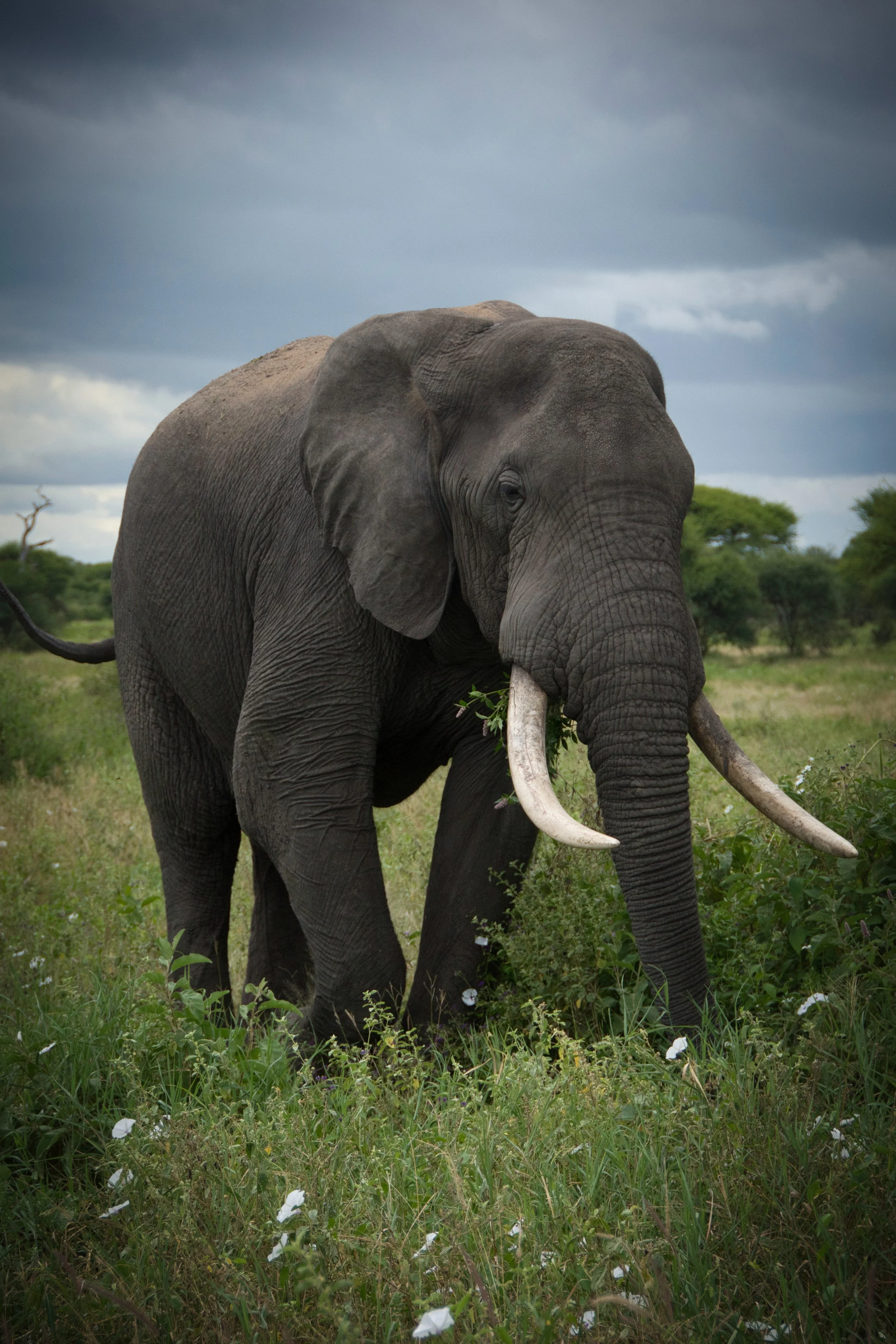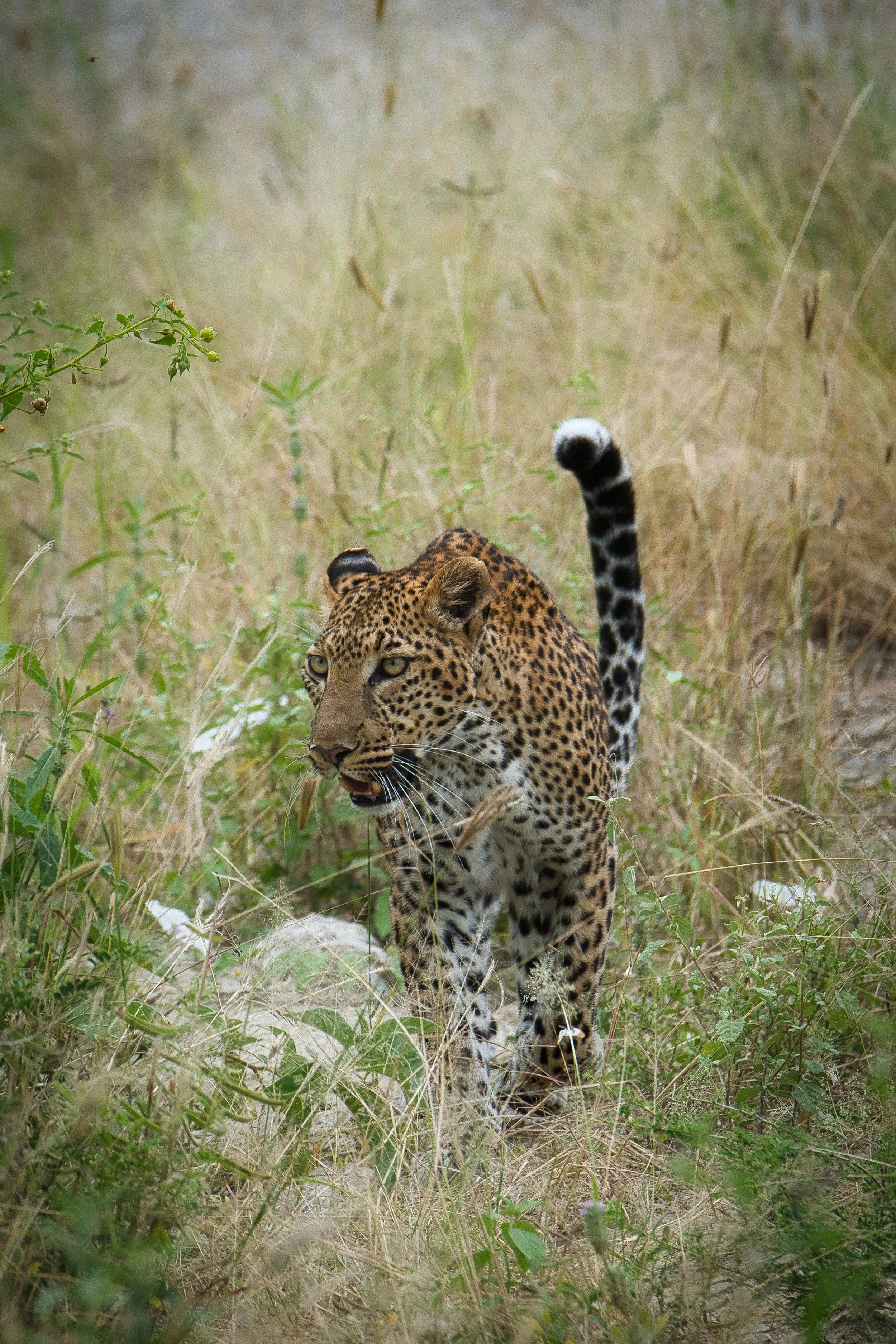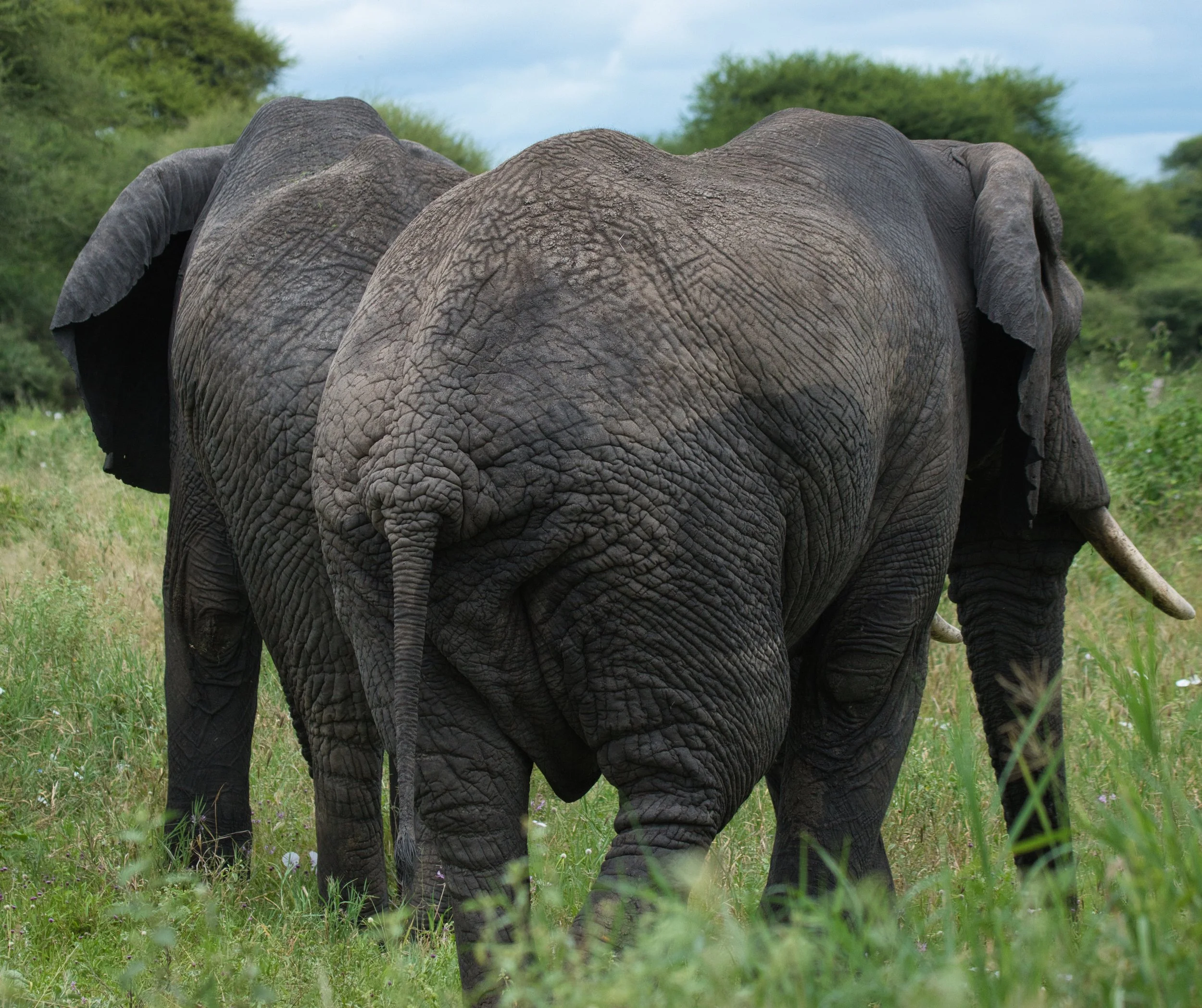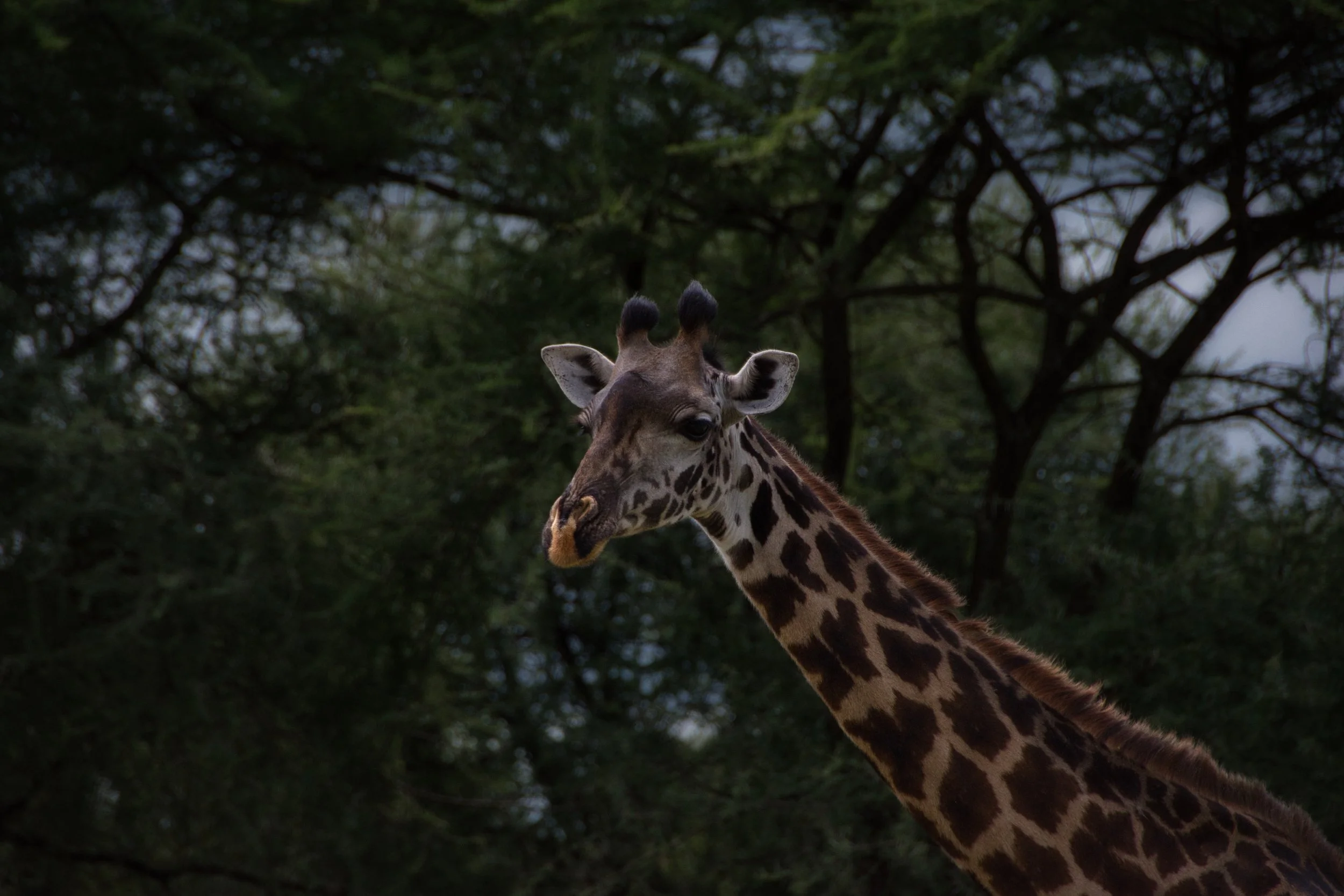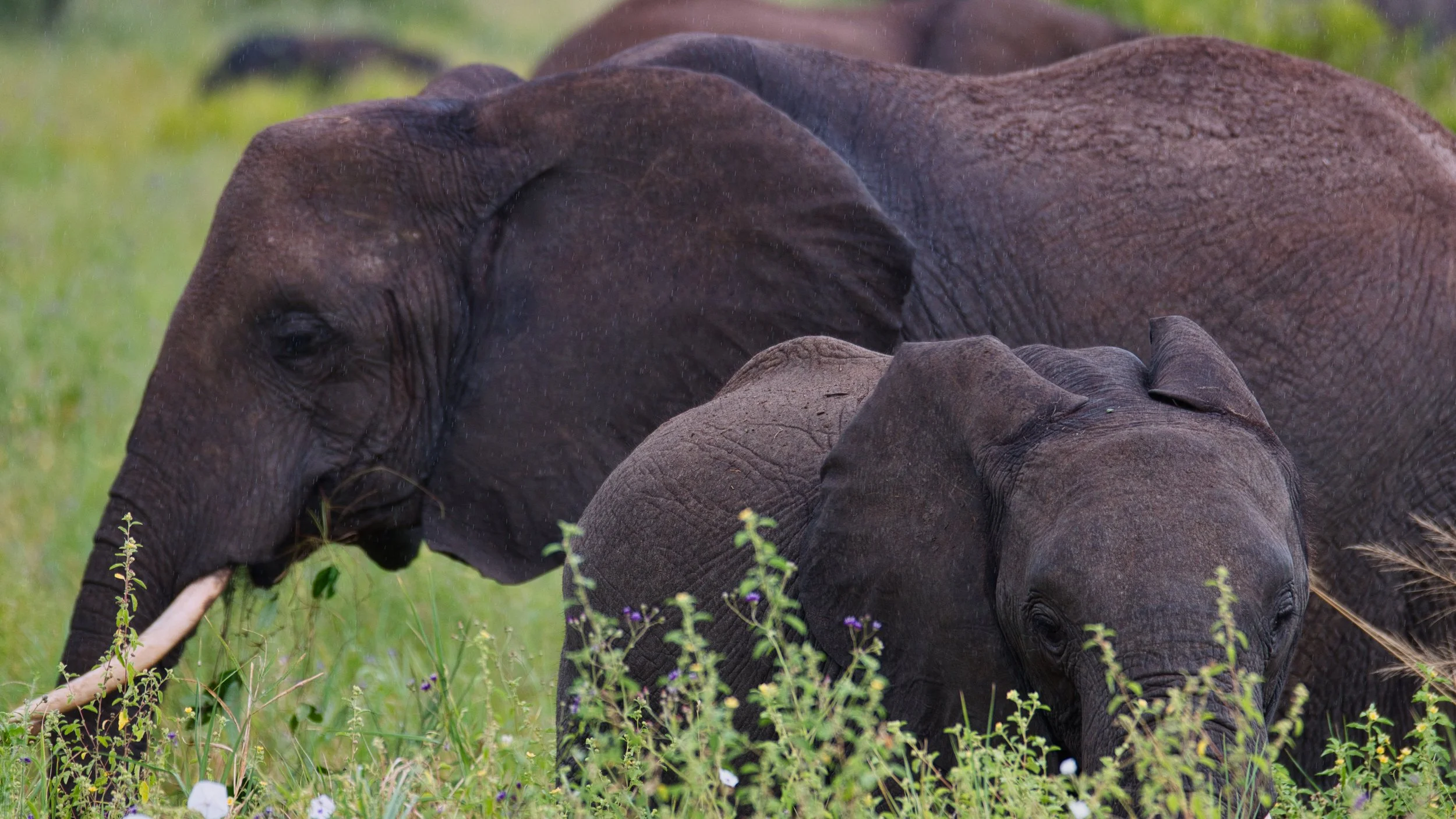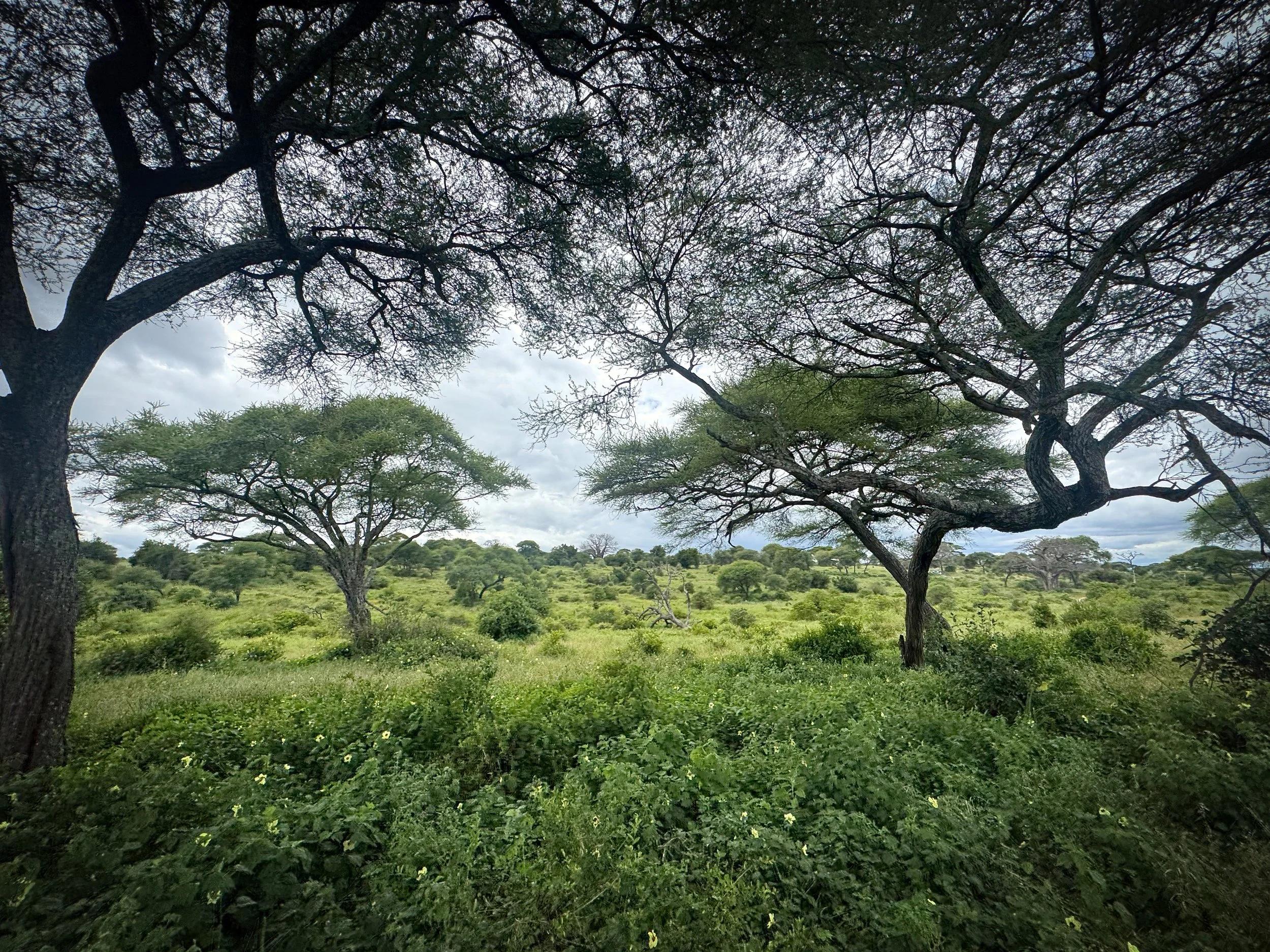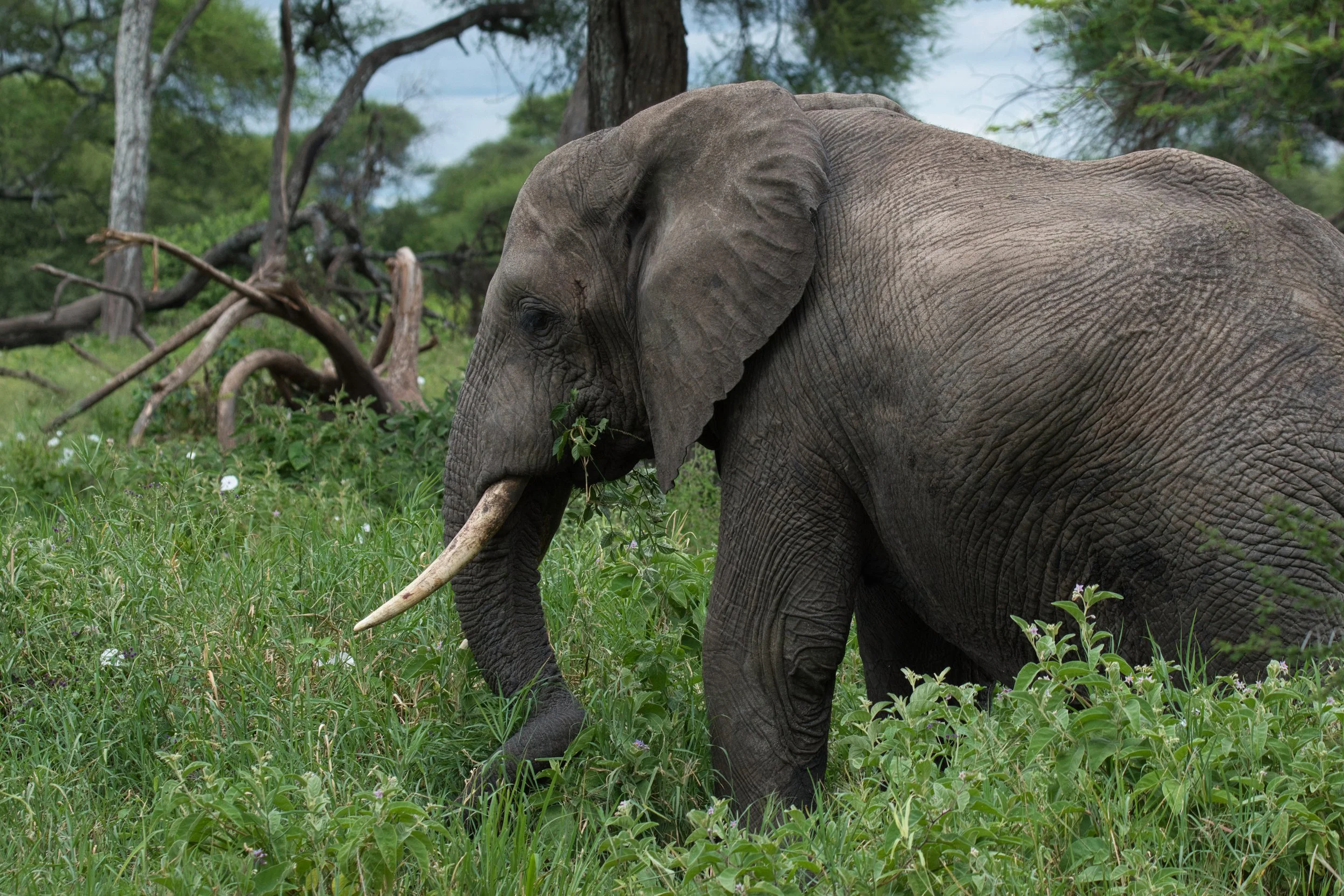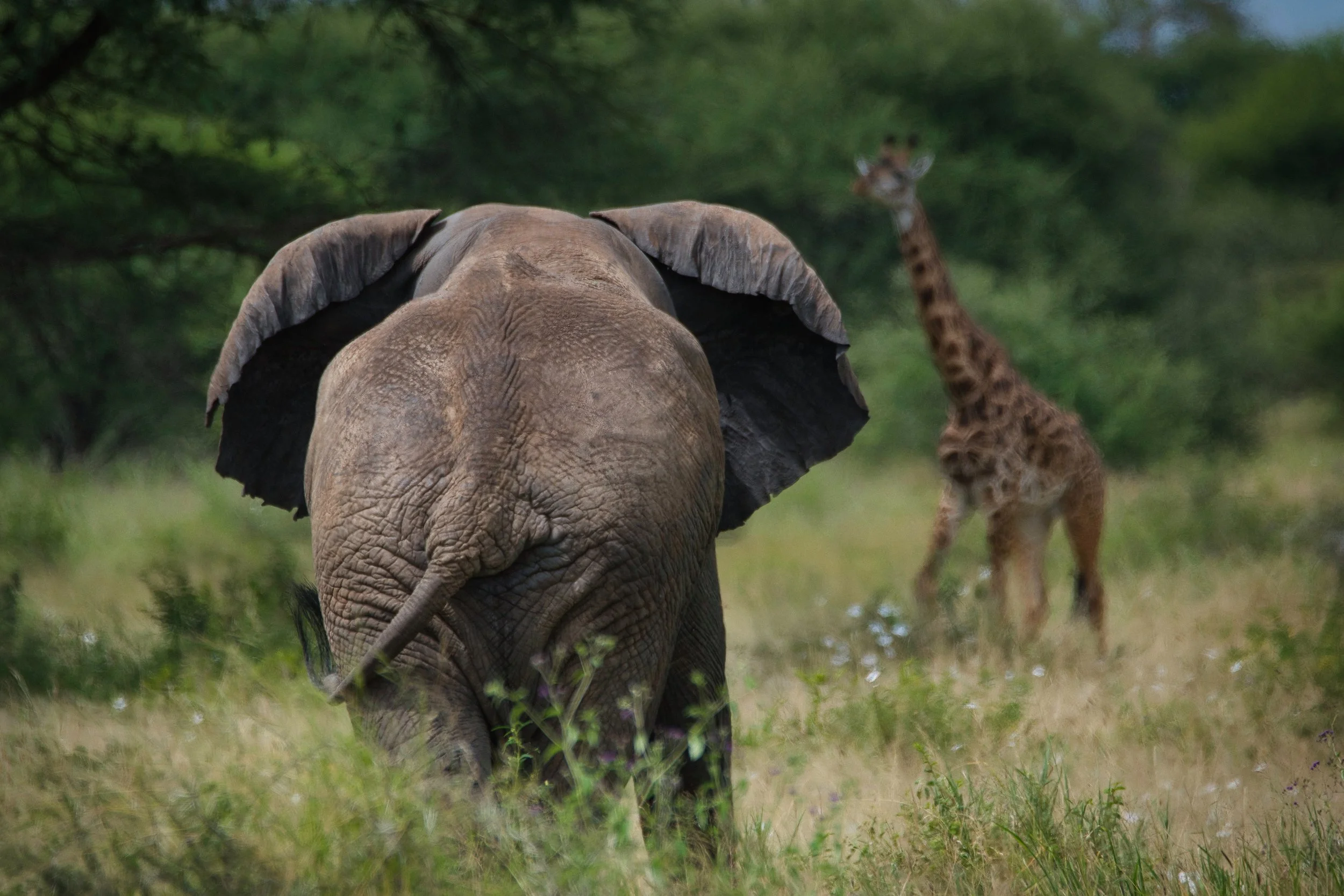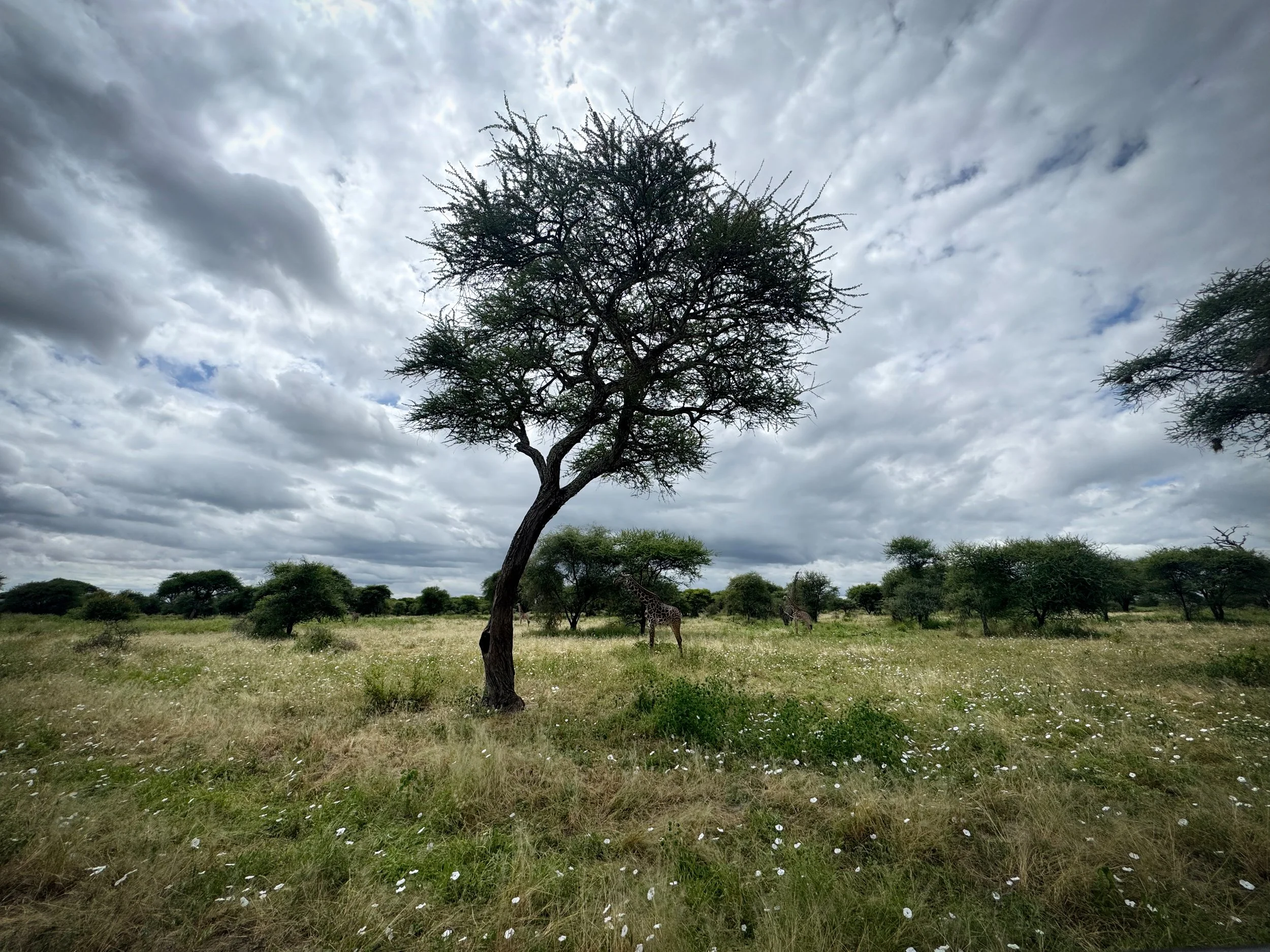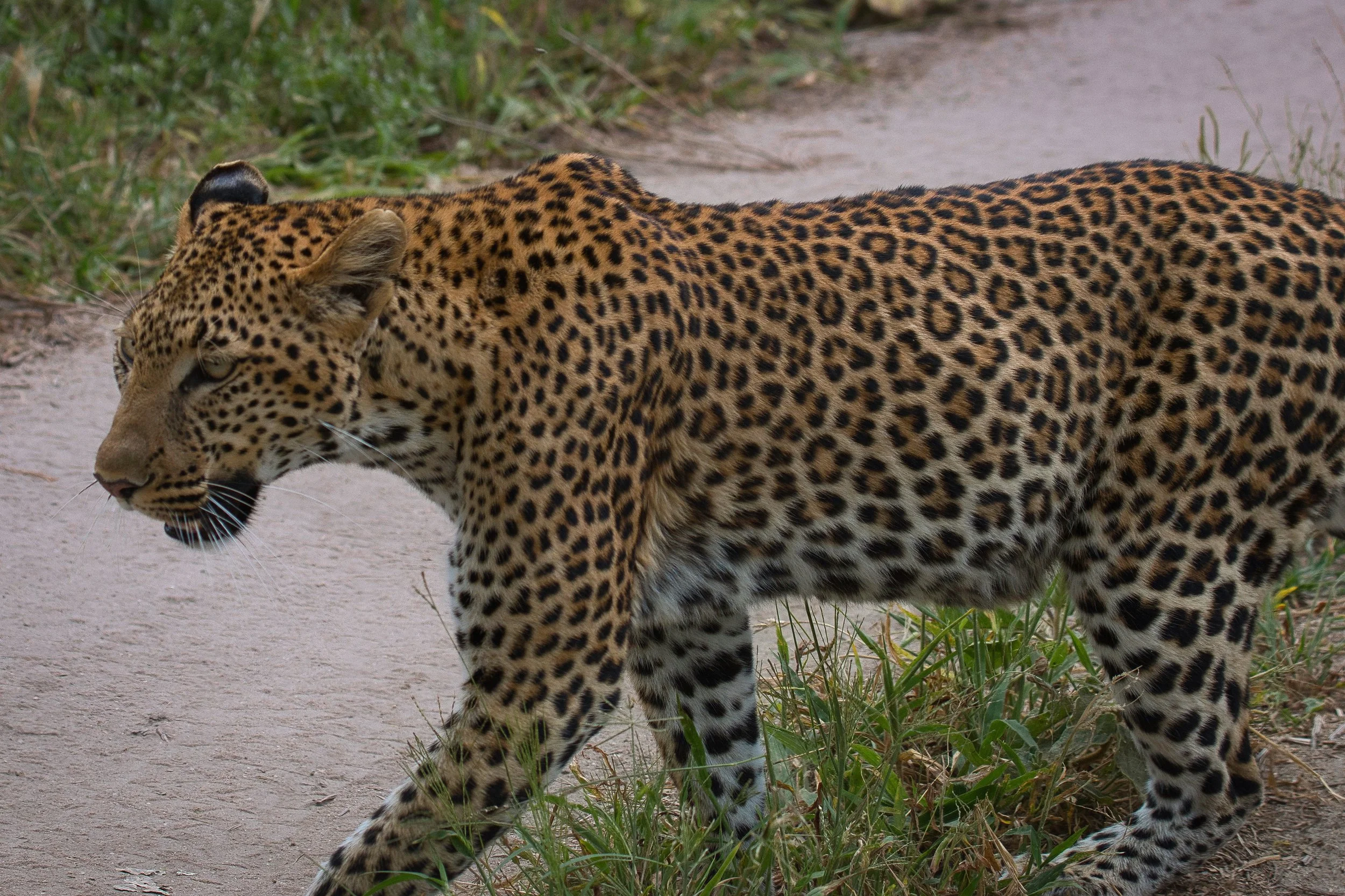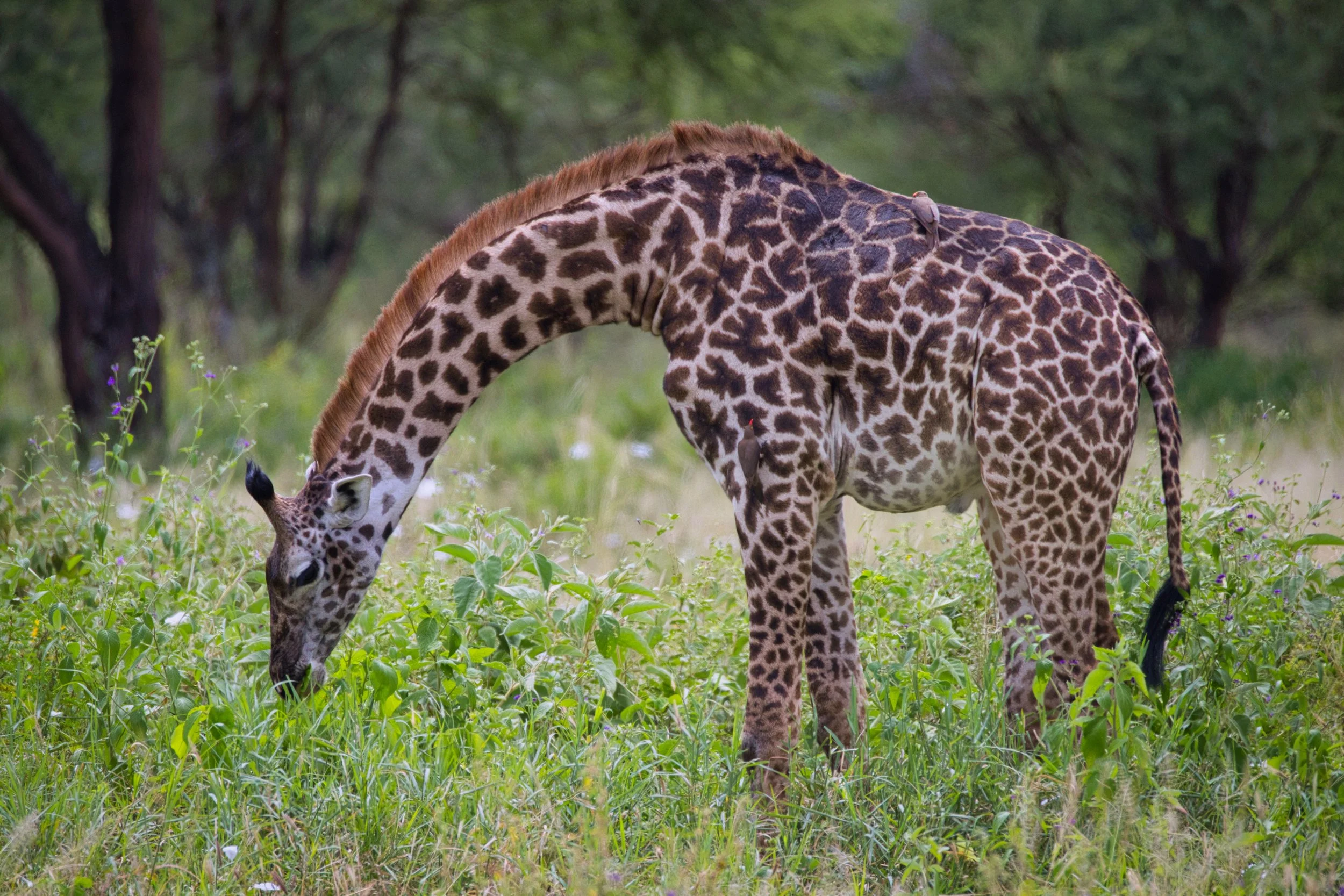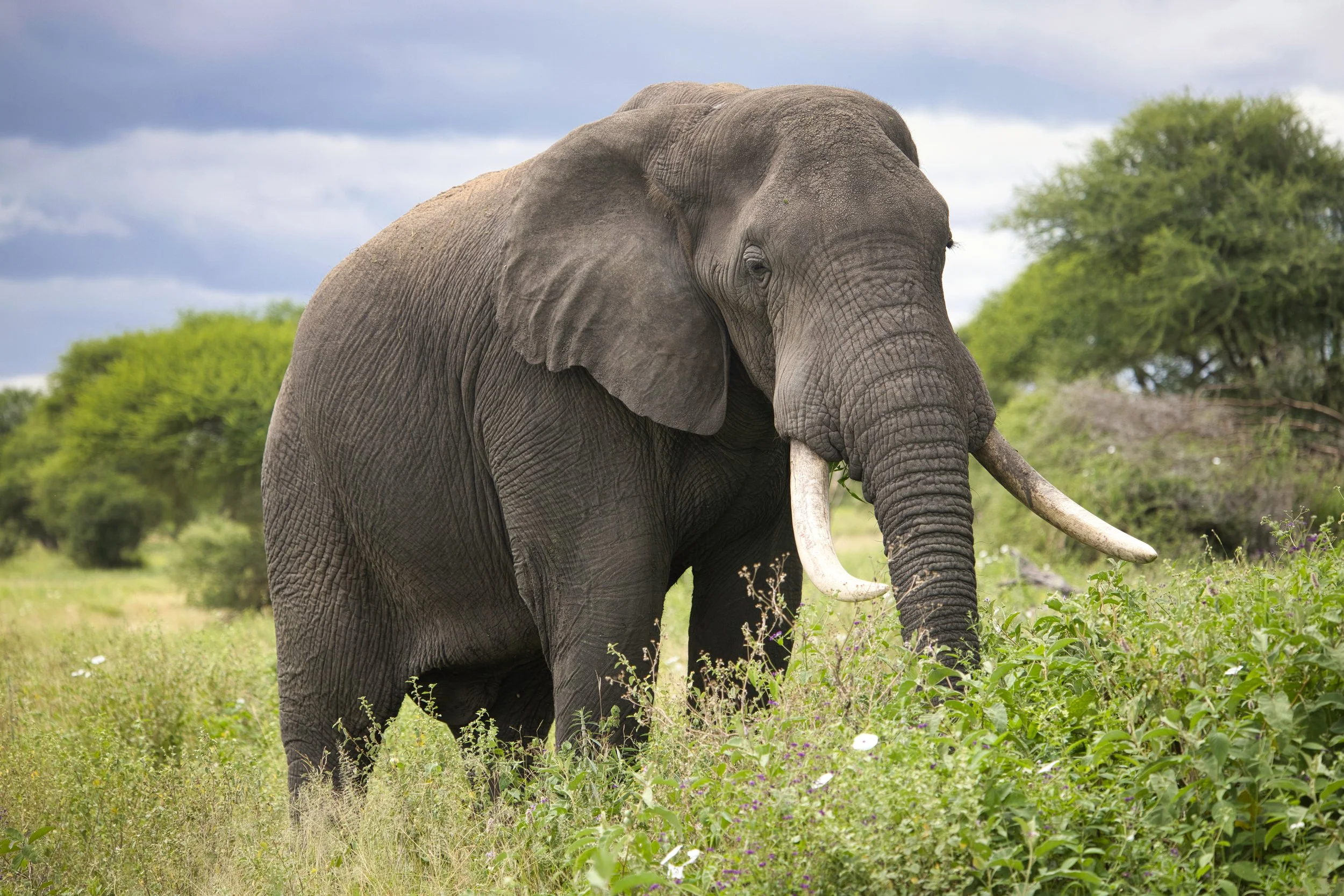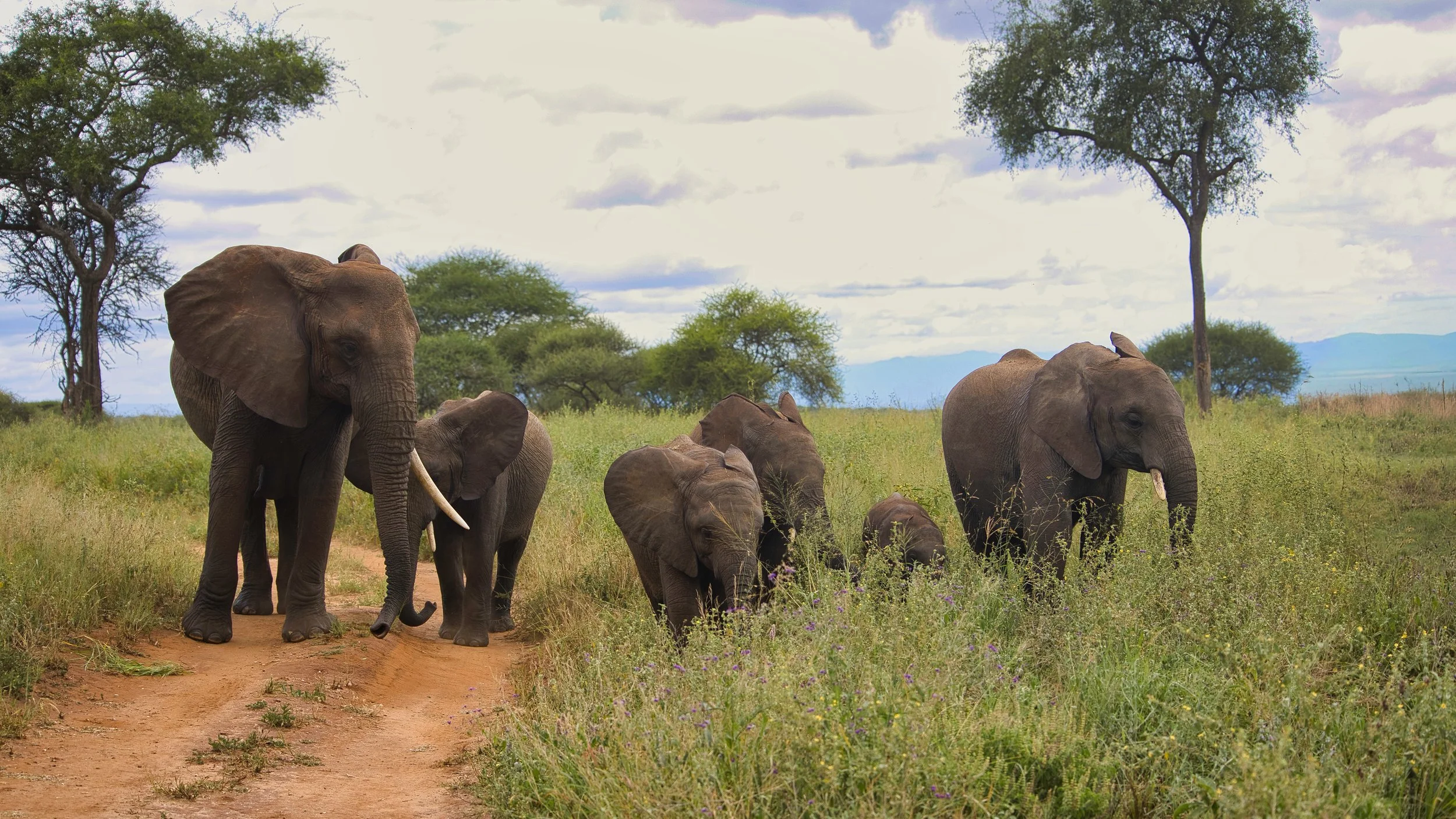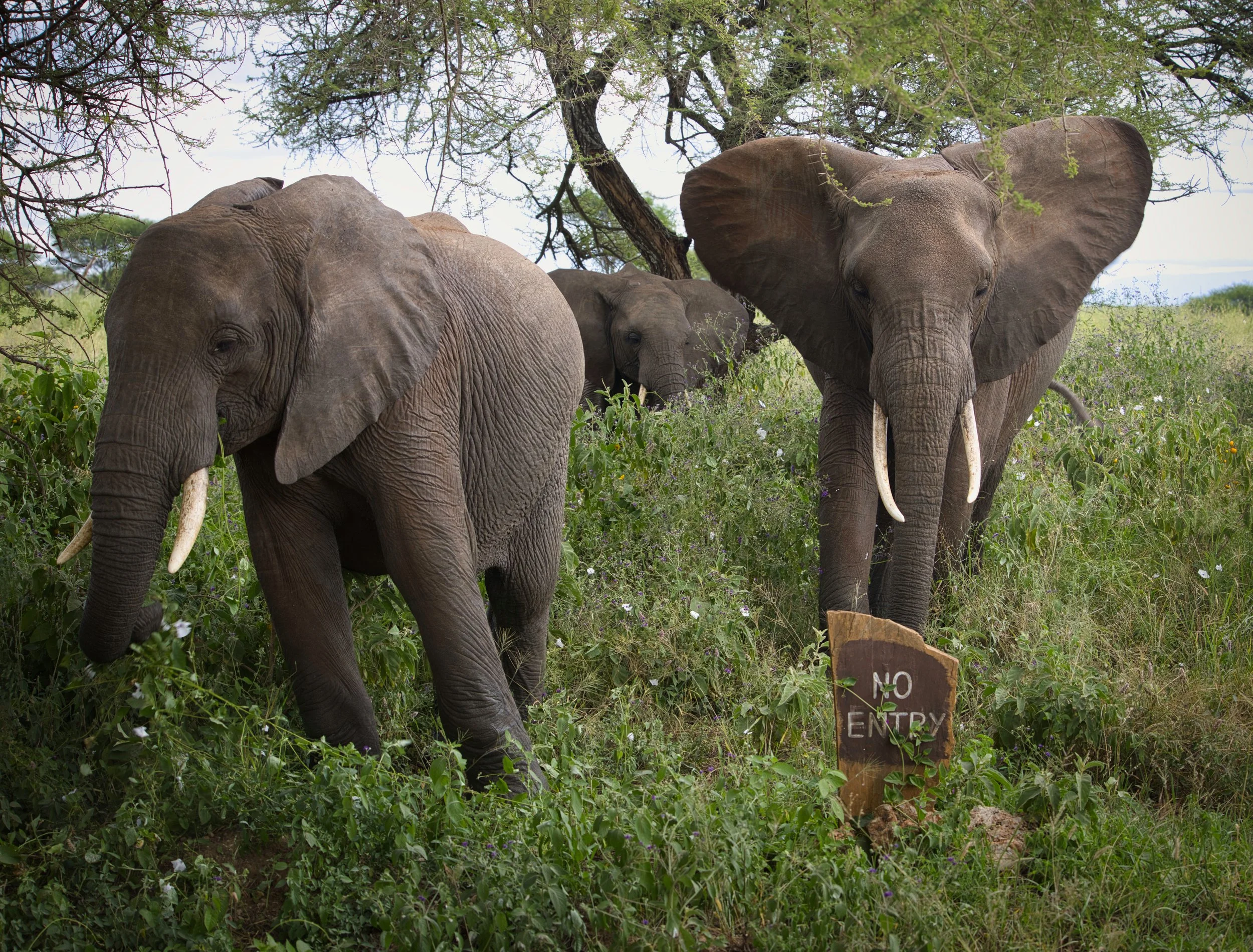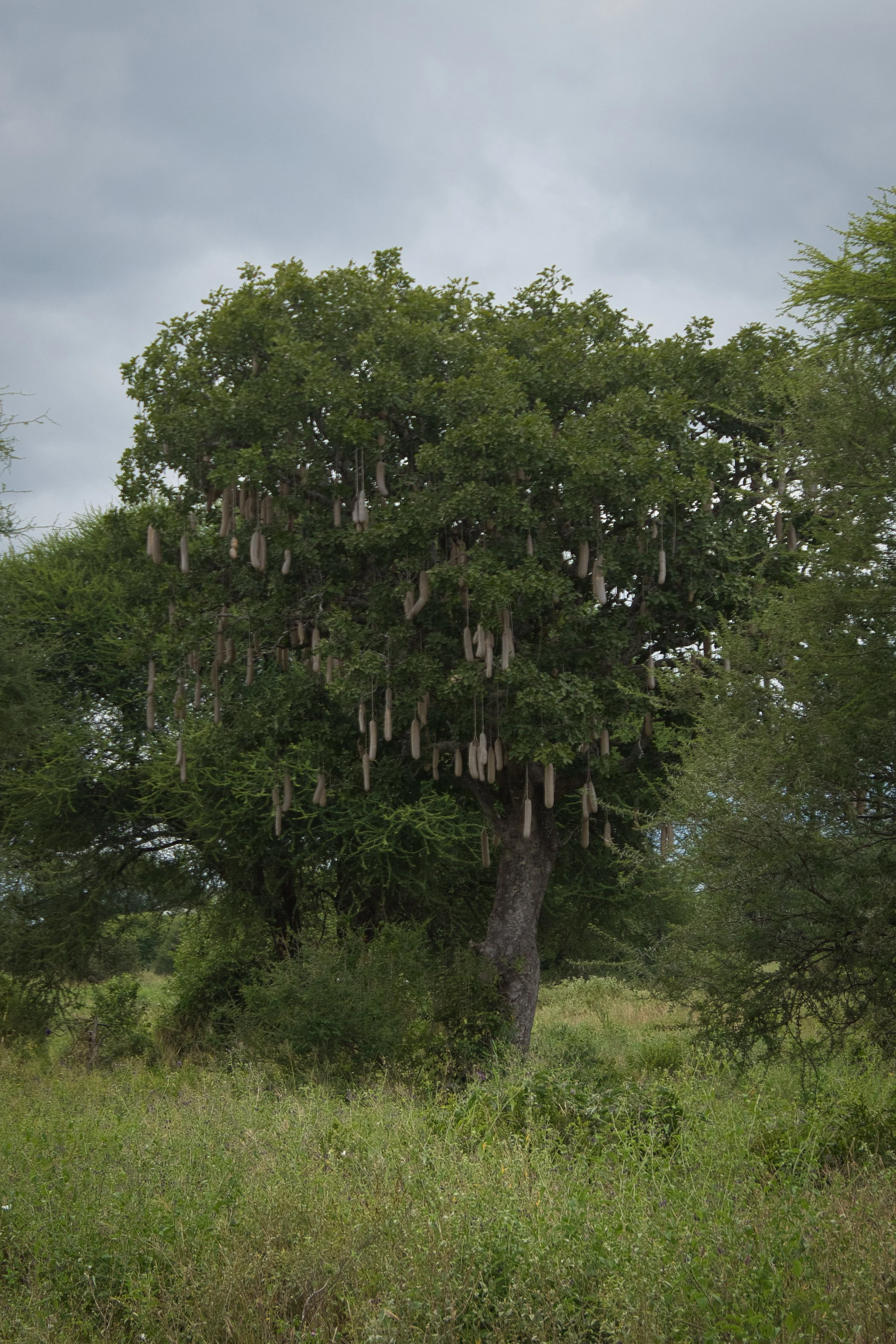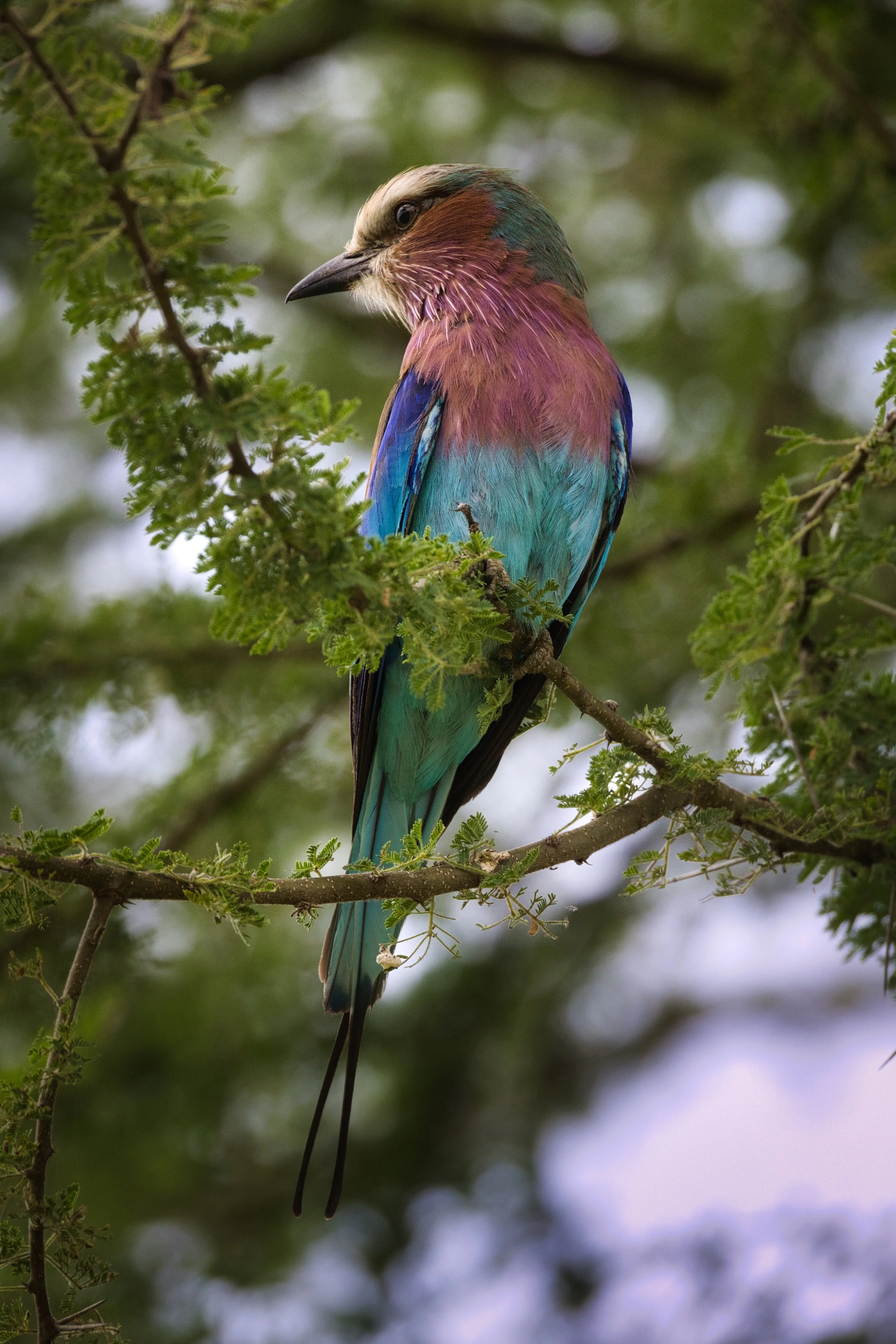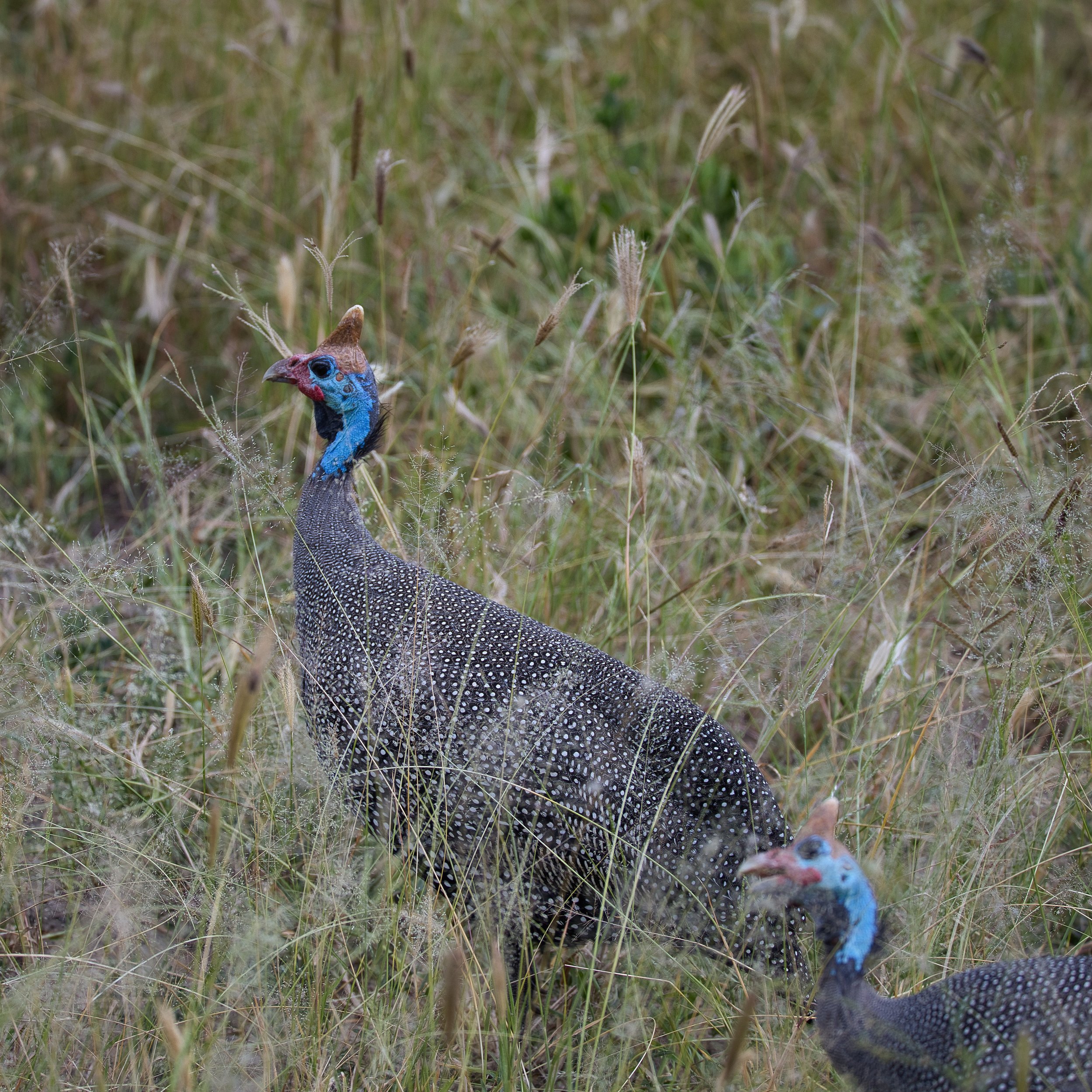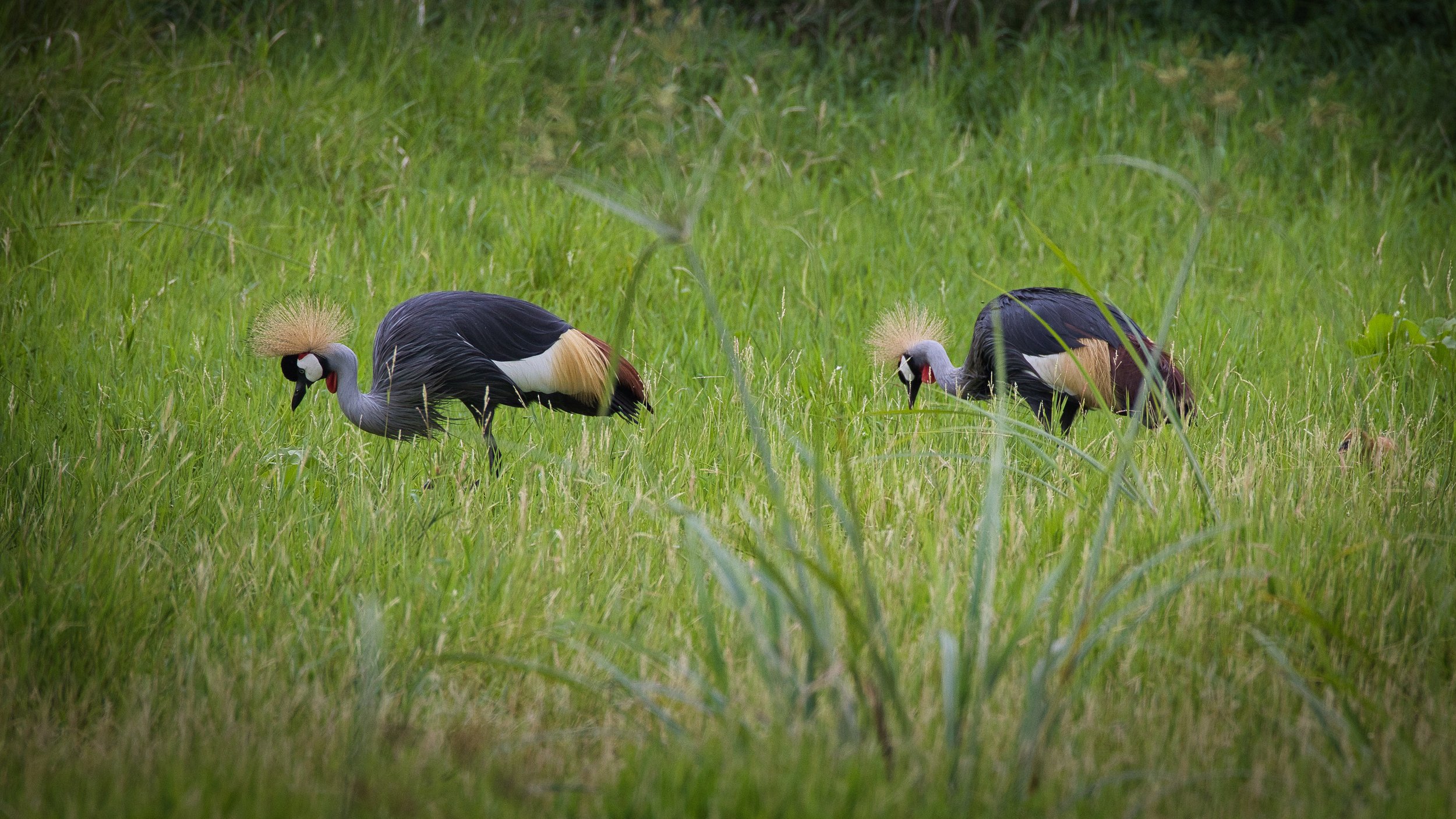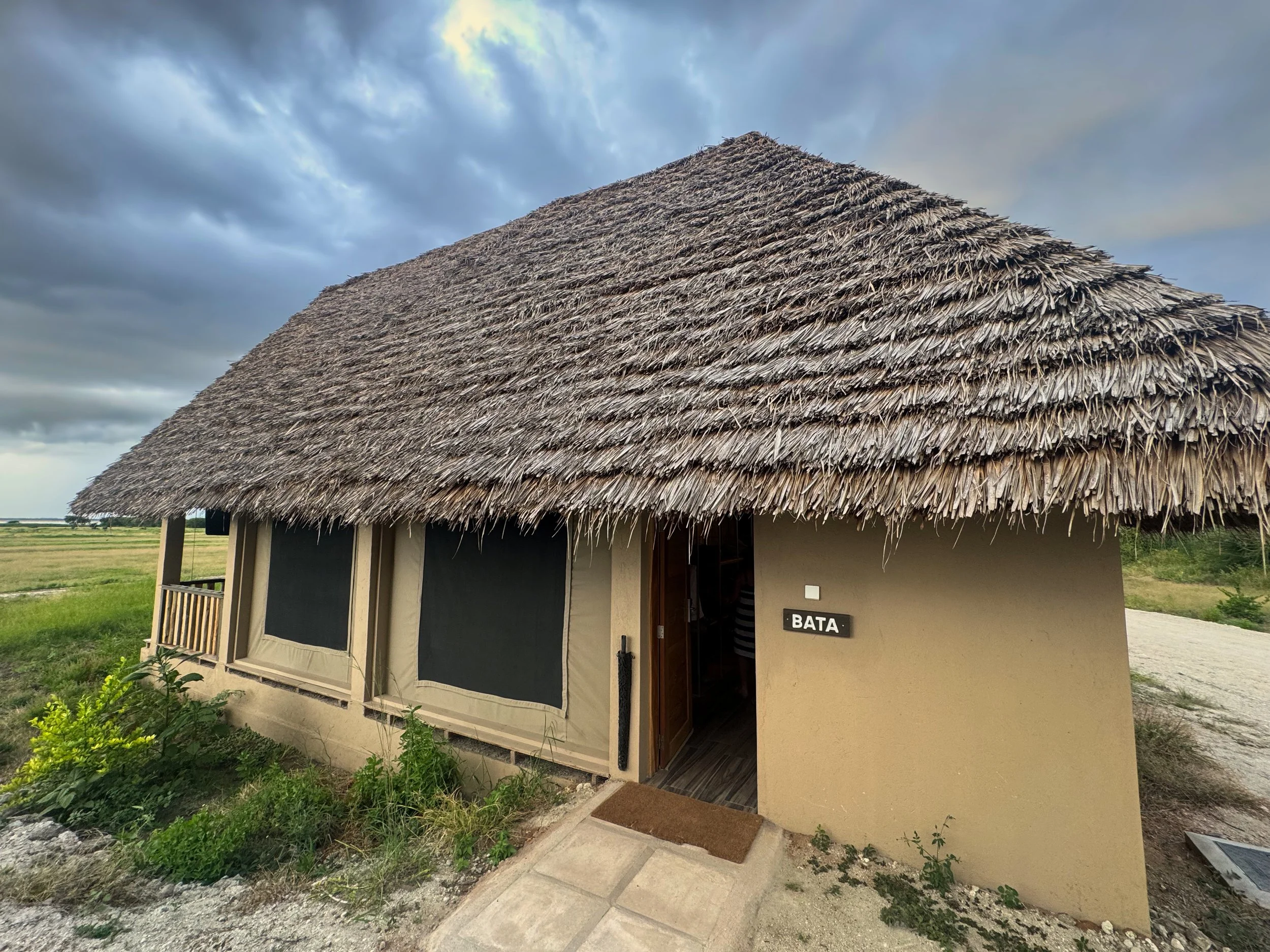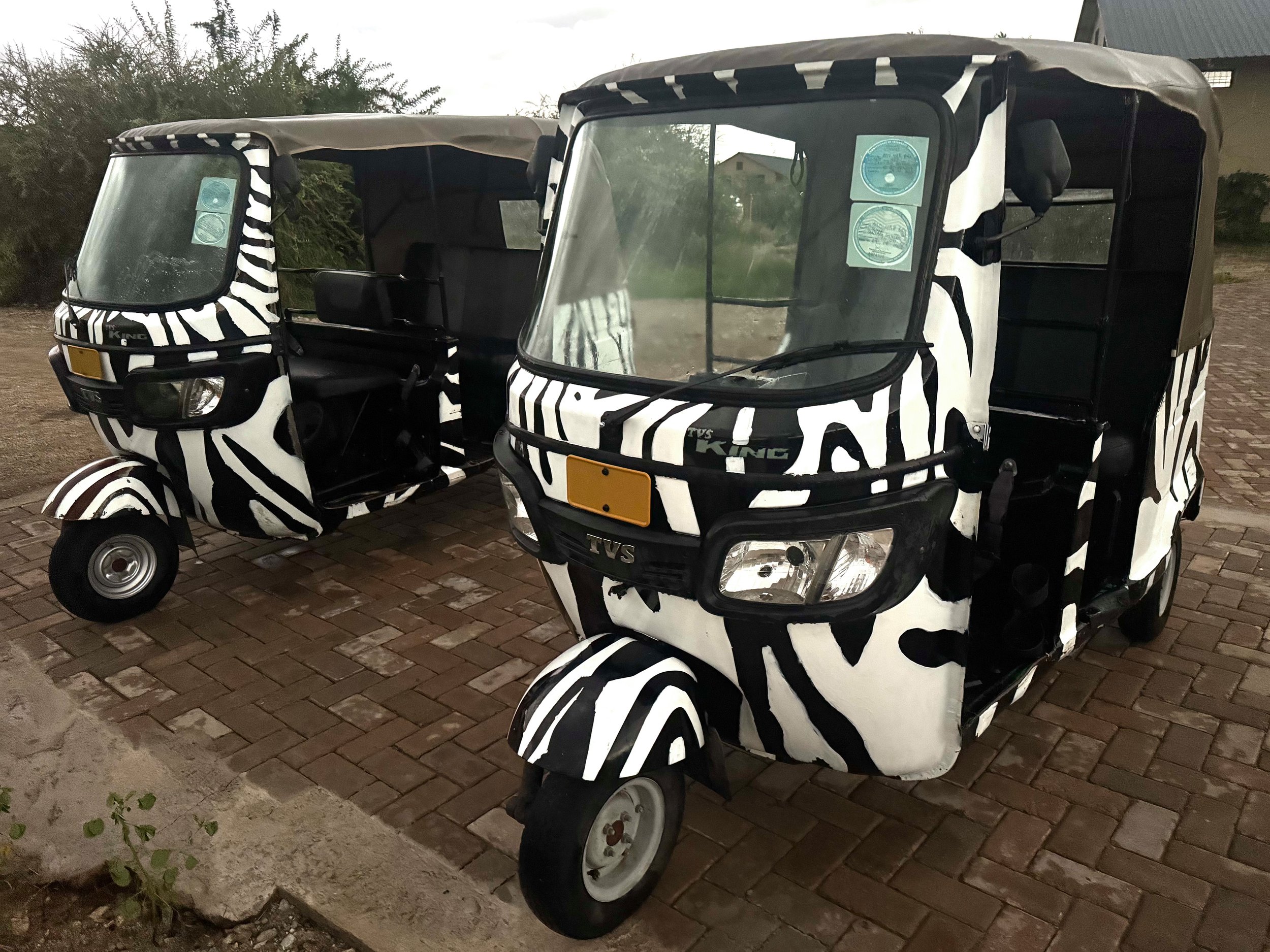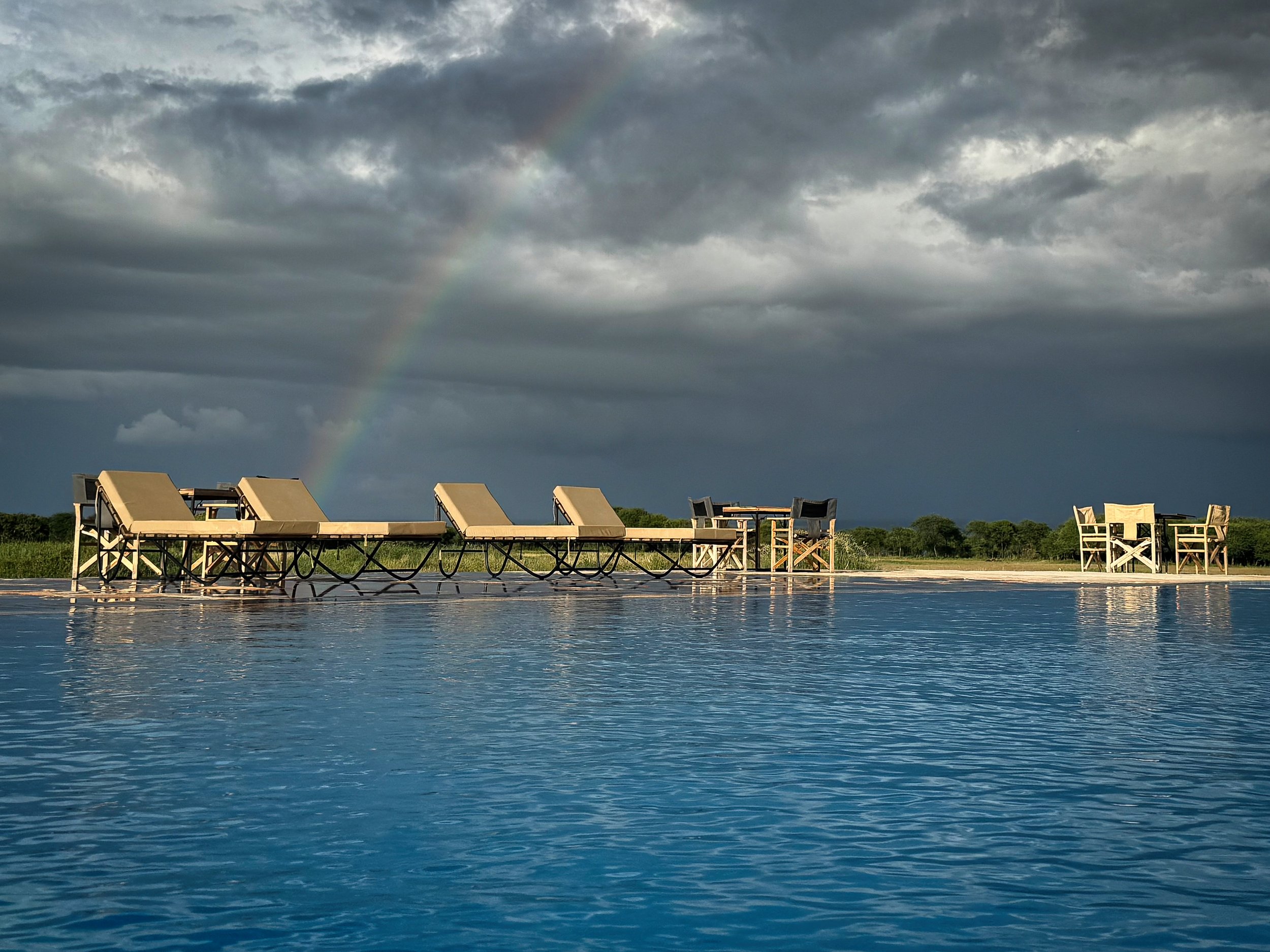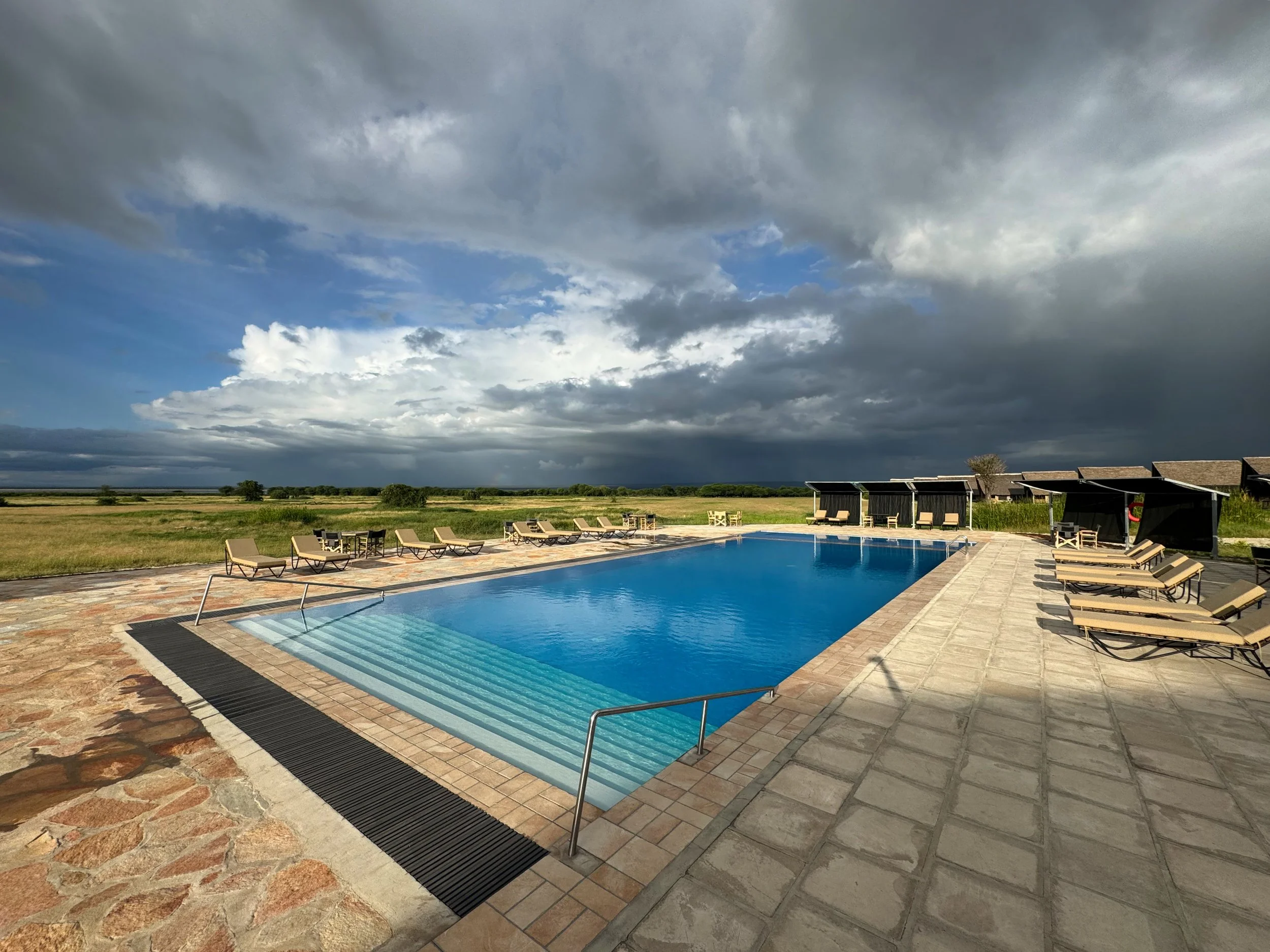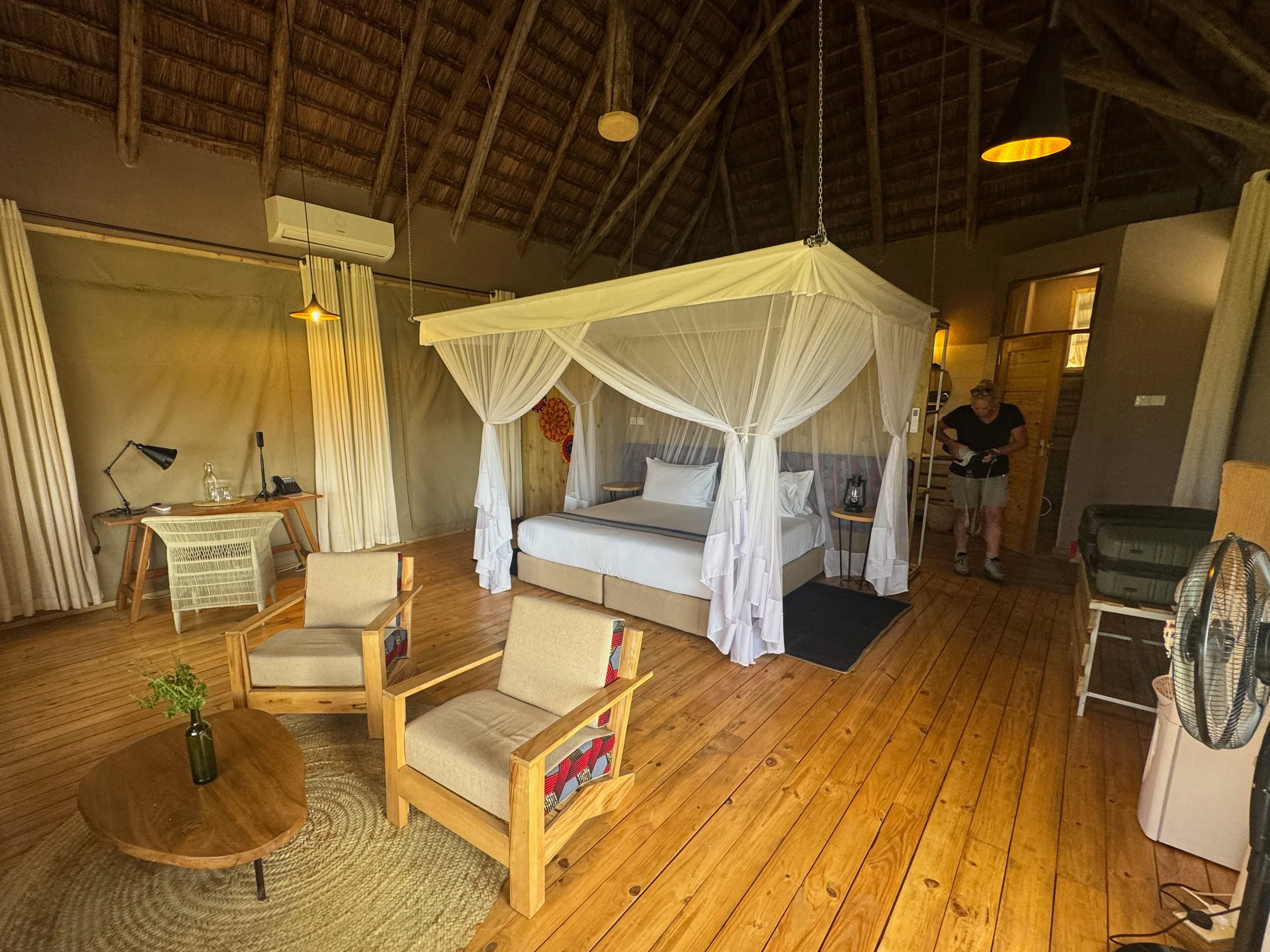Sunset XIII - Tarangire National Park
Another day, another early start and another driver. Our next 6 days would be under the stewardship of Tanzania Experience whom we booked through our South African connections and reputedly the best safari operators in Tanzania. The first driver was merely a conduit to our next, and his African chariot would become very familiar to us both over the coming week as we arrived at Arusha, which according to Google maps is only 80km from Moshi. That might be true, but in Africa, as in Tasmania, distance is better measured in time.
Tarangire National Park, Tanzania
The Serengeti region was a non-negotiable for us both and in almost breaking the budget, we ramped up the indulgences to maximise our experience here. We meet Albert, our new driver, guide and soon to be best friend who in time would prove to be indispensable, leaning against his Toyota Landcruiser with a smile as broad as Victoria Falls. As his only guests he loaded our luggage into the back seats, our cameras bags into the second row and ourselves in 1A and 1B at the front. Equipped with an in-cabin fridge, USB power outlets to charge our gadgets and a soon to be relied upon pop-top roof, the cruiser was our new home and we settled in very quickly. Hitting the road in the slightest of drizzle we headed south-west for Tarangire National Park conveniently situated along the way to the more famous Serengeti and Ngorongoro Crater but an excellent safari destination in its own right.
Leaving town we stopped road side for some red bananas that had been catching Lyndall’s eye for some time, and as required by any great tour guide, Albert took us the tactlessly touristy revenue funnel known as Safariland. Here stood a collection of local craft-folks selling their various wares of wooden carvings, stonework sculptures, traditional African paintings and handmade jewellery. They also sold booze and all manner of African clothing merch, but us, being us, just used the onsite shitters.
Moving onward the villages were soon left behind and we entered the wider spaces of the savannahs and the true feeling of the African plains. Before long we reach the parks boundary and symbolic entrance gate like the iconic scene from Jurassic Park. Pulling over to stretch our legs, we grabbed a quick coffee with the dozens of other travellers in similar vehicles doing the same thing before saddling back up and heading deeper into the park. Albert whipped out the cruisers’ secret weapon by popping the entire roof enabling us both to stand freely and giving 360 degree views around the vehicle. It was truly beginning to look and feel like a safari and in all honesty very, very exciting.
Covering almost 3,000km2s, the Tarangire NP comprises a landscape of granite ridges, river valleys and swamps with a vegetation mix of acacia woodland, combretum woodland, seasonally flooded grassland, and adansonia trees. The Tarangire River, the parks namesake, is the primary source of fresh water for wild animals in the ecosystem during the annual dry season and long-distance migration of wildebeest and zebras. Famous for its high density of elephants and baobab trees, the park is well stocked by thousands of other animals such as waterbuck and giraffe and over 550 avian species making it a haven for bird enthusiasts.
Our first hit came only 3 minutes in with nothing grander than a massive bull elephant only metres from the road with a tower of giraffes a few more beyond. Holy cow, it was incredible. The rhino sanctuary on day 3 was spectacular but this, for whatever reason, was mind blowing from the get go. With the open topped cruiser at our full disposal rendering it much more personal, we were now truly the kings of the jungle. The gorgeous elephant was so close you could hear him munching on his greens and even the crunching of debris under his massive feet.
We give fair warning long and faithful reader, this blog post will be filled with more African animals than an animators show reel of the Lion King. We were so electrified by the experience our shutter fingers got RSI by the end of day with the following images among our favourites that we hope won’t tire you too quickly. However there are stacks more to come over the following safari days so we will try to curb our enthusiasm slightly.
Within the park we pulled over to a designated rest stop where visitors can safely leave their vehicles to stretch their legs and was where we had our lunch. The most interesting aspect of the stop however were the lunch tables, just like those in any school yard, but enclosed in a full metal mesh cage. Speaking volumes to the dangers of real life safaris and the closeness of animals, we braved the wildlife and ate out-of-cage on a lunch, which in all honestly we have no idea where it came from, of sandwiches, African snack delicacies and fruit. Most of our lunches moving forward would similarly be “snackpacks” provided by the accommodation the night before that we ate somewhere along our safaris journey.
National Geographic Wildlife Photograhers of the Year
The park is famed for its abundance of adansonia trees, more colloquially known as baobabs. Honouring the French naturalist and explorer Michel Adanson who provided the first detailed botanical description of the tree, they are among the most long-lived of vascular plants and grow 5 to 30m high with a broad trunk and compact crown. The tree is vital for human survival in arid African regions providing food, water, and shelter with their interiors hollowing with age. Its fruit, leaves, and seeds offer nutrition as well as having certain medicinal properties, and the tree's ability to store large amounts of water in its trunk makes it a crucial resource during droughts. We stopped to inspect one tree reputedly over 800 years old with its centre cavity so vast it held all three of us.
Another odd plant was the kigelia, more commonly called the sausage tree. Growing a fruit up to 60 centimetres long and weighing 5 to 10 kilograms, it resembles a sausage in a casing providing its name. The fruit and bark of the plant are used by African tribes as traditional medicine however are poisonous for humans when eaten raw but devoured by elephants, baboons, and other wild animals.
Simba the Lion King
So our first day on full safari yielded elephants, giraffes, impala, buffalo, monkeys and even a rare leopard sighting together with birds galore and smaller ground creatures a plenty. We couldn’t have been more delighted. But Albert seemed a canny character and demonstrated his wizardry early on by taking a slightly longer route to camp in the hope of a lion sighting. Boom! Exactly where he anticipated sat a lone male in the middle of the dirt road sunning himself lazily without care of any predators nor us. It was magical in every sense. Alone in the middle of Africa staring down the most handsome of creatures with no barriers, no other vehicles, just the four of us. From this range the great cats take on a completely new perspective with one able to see the depth of their mane, the scars on the hide, even the soft padding under their paws. For about 30 minutes we sat in awed silence of Simba only leaving when he deemed it time.
As promised in the brochure, we spotted many of the 550 bird species the park hosts including the northern red-billed hornbill, the superb starling, woodland kingfisher, grey crowned crane and black-headed heron. They were literally everywhere and we did our best capturing them when we could.
We arrived into our lodgings at the Burunge Baobab Tented Camp on the shores of Lake Burunge mid afternoon both exhilarated and exhausted. The lodge was simply exquisite where on arrival guest are greeted with a cooling fruit drink and moist towel to scrub away the dust accumulation of a hards day safariing. The main area was decked around an ancient baobab tree with the individual tented bungalows set off somewhat further away overlooking a mini savannah that would produce wildlife in the later part, and early morning of the day. With a pool onsite just too tempting to ignore, we threw our bags in the room and ourselves in the water as a most tantalising afternoon storm rolled in from the east.
Dinner was from a set menu which tonight was a small selection of traditional dishes of the area including fish, pork and beef with an array of side dishes to match. As 2 of only 8 people staying for the evening we received royal attention and enjoyed a bottle of South African wine as the earlier storm delivered on its promised threat and had a few nightcaps before being escorted back to our bungalow. In these tented camps which are somewhat spread out for obvious reasons, guests are required to have escorts take them to and from their lodgings during night-time hours. We often found it amusing as to what level of protection a diminutive waiter armed only with a torch could offer against a predatorial lion and in the end figured we only needed to run faster than them. Early to bed again tonight for tomorrow we had another big day on the Serengeti.


